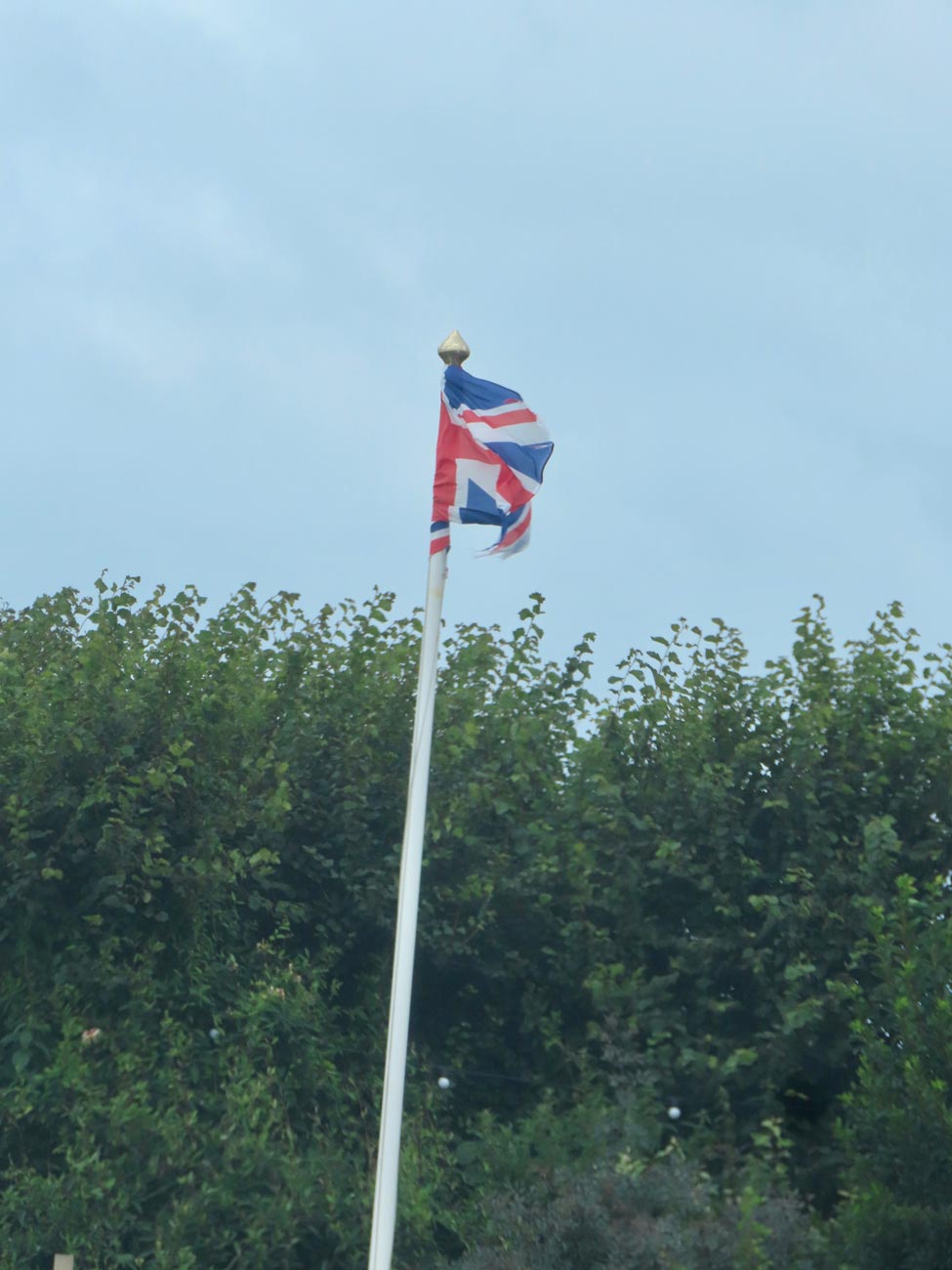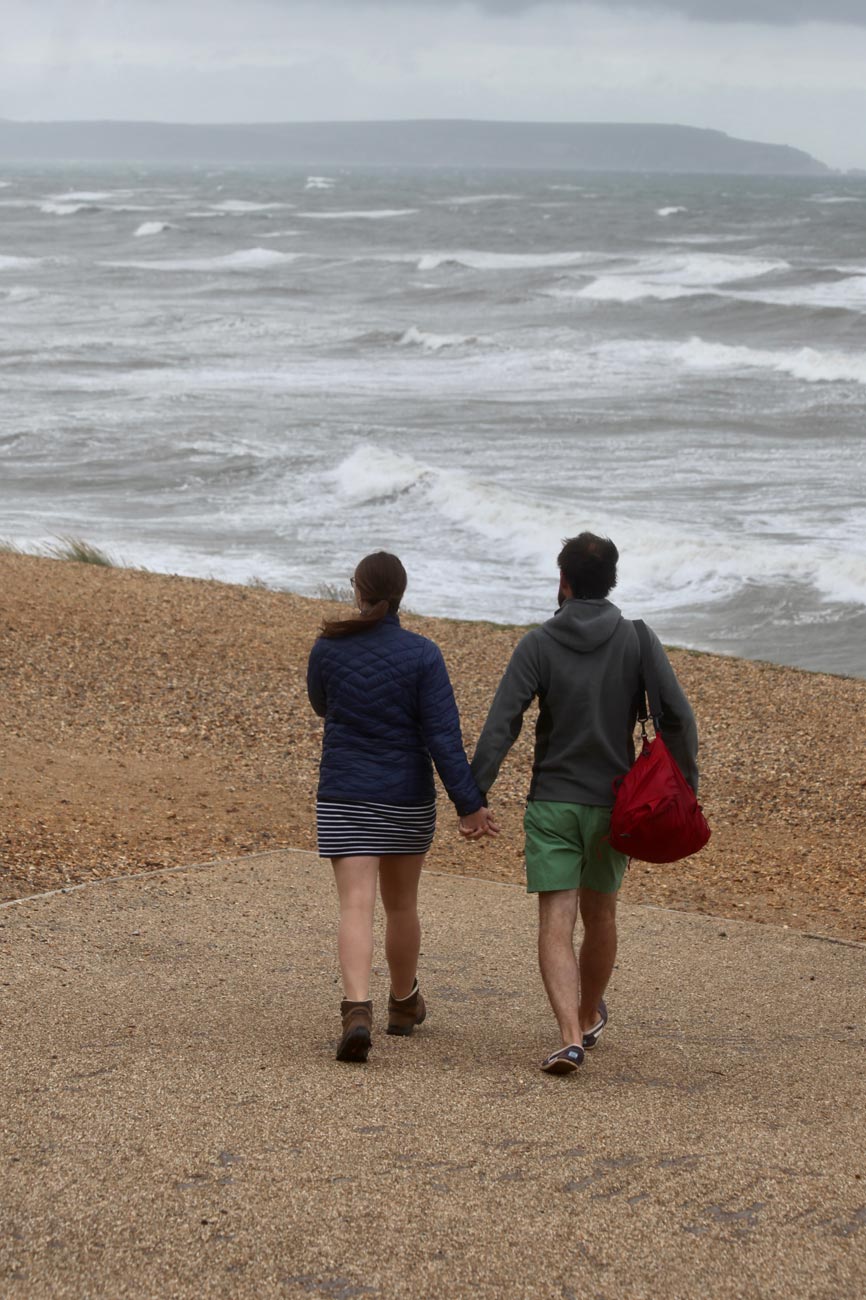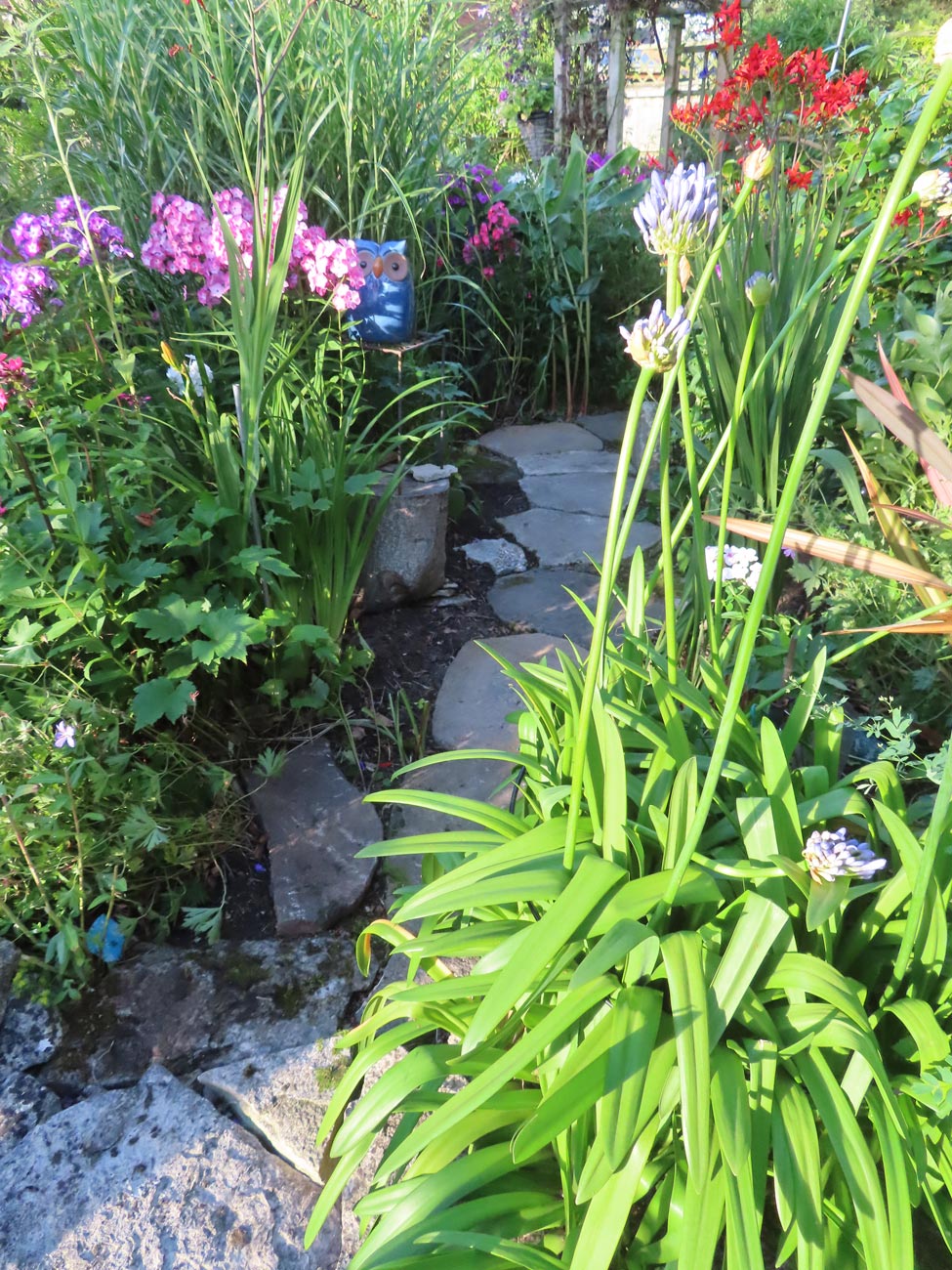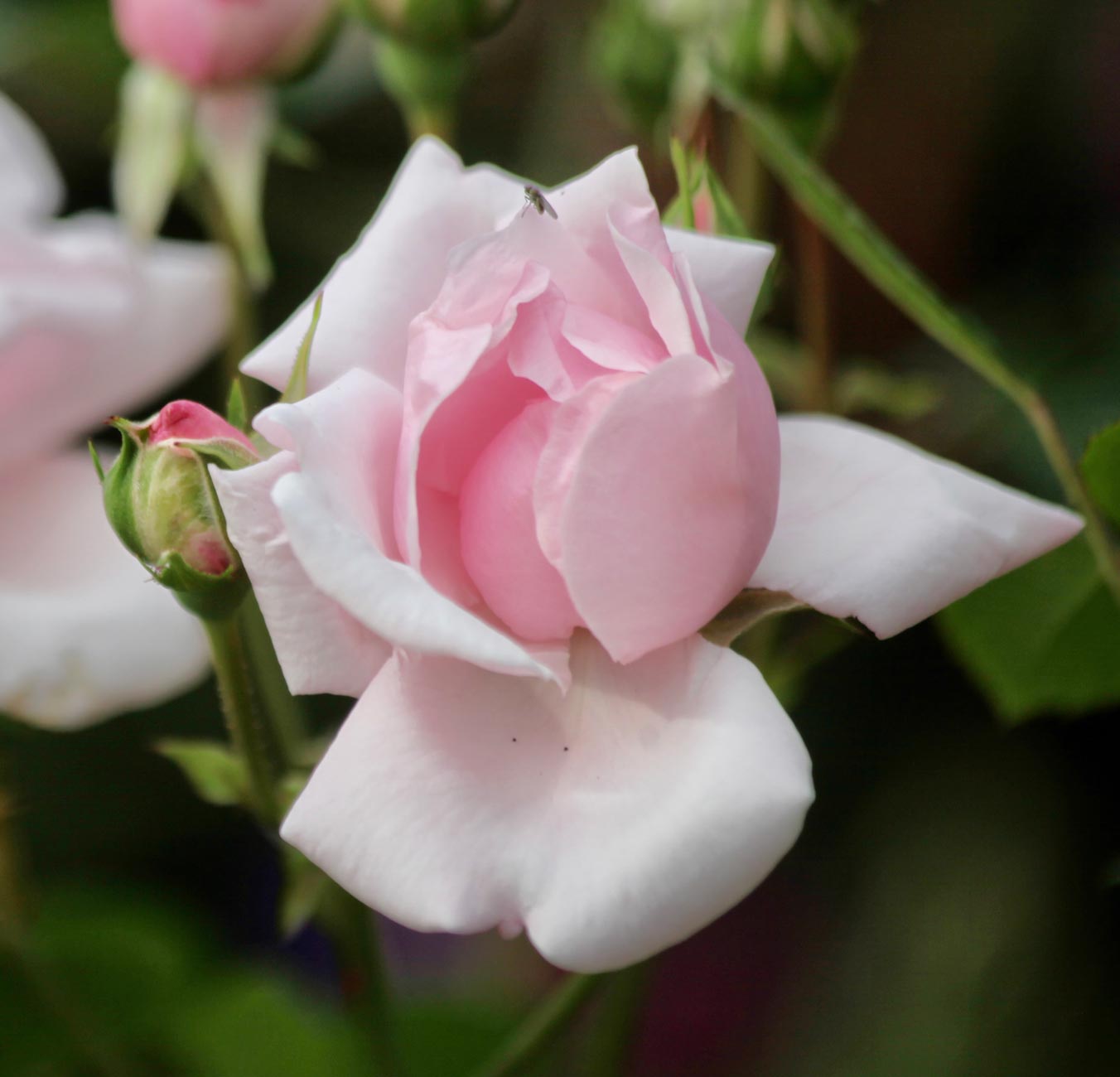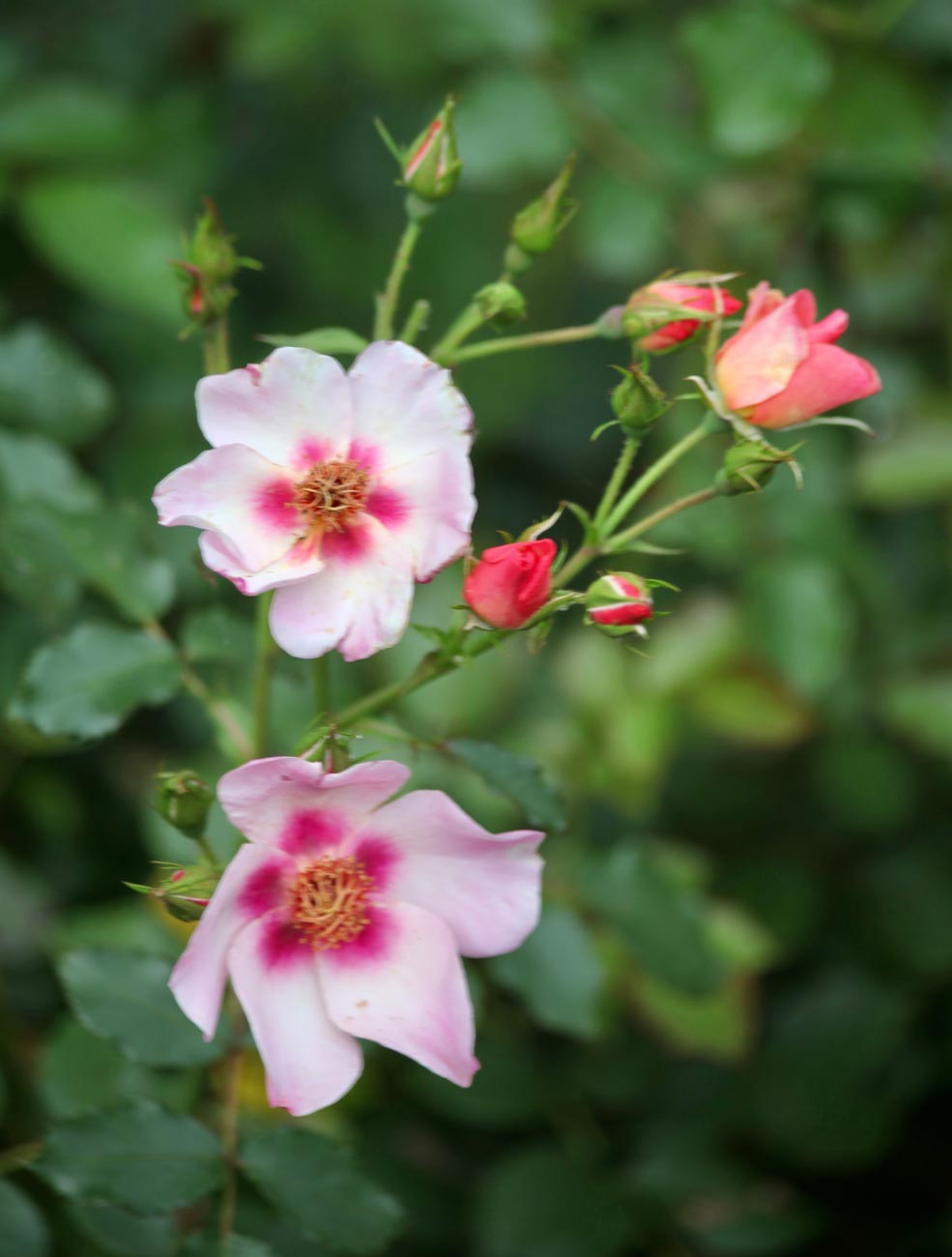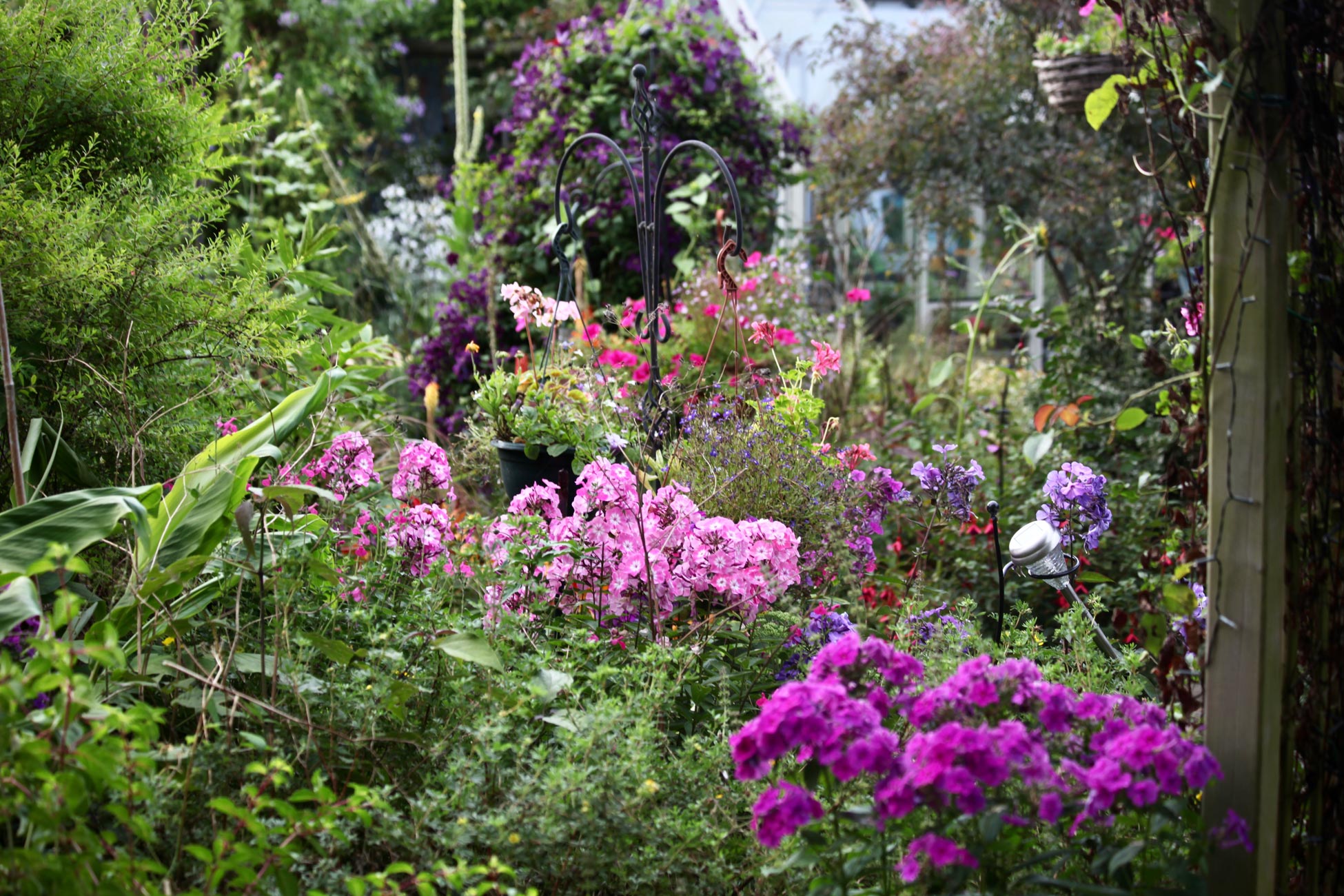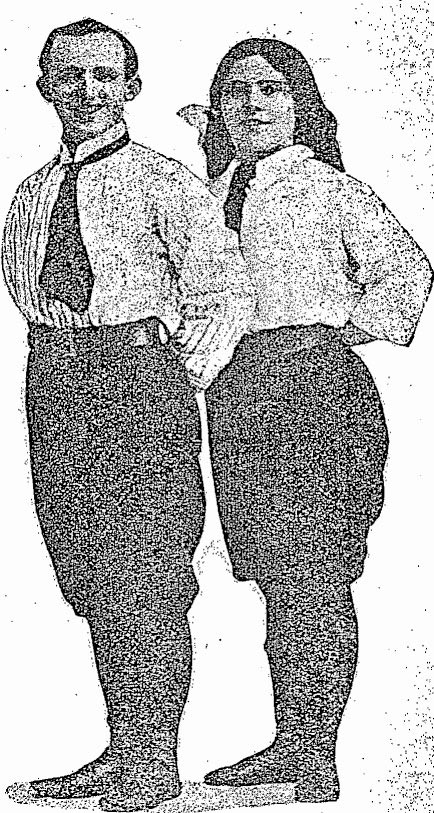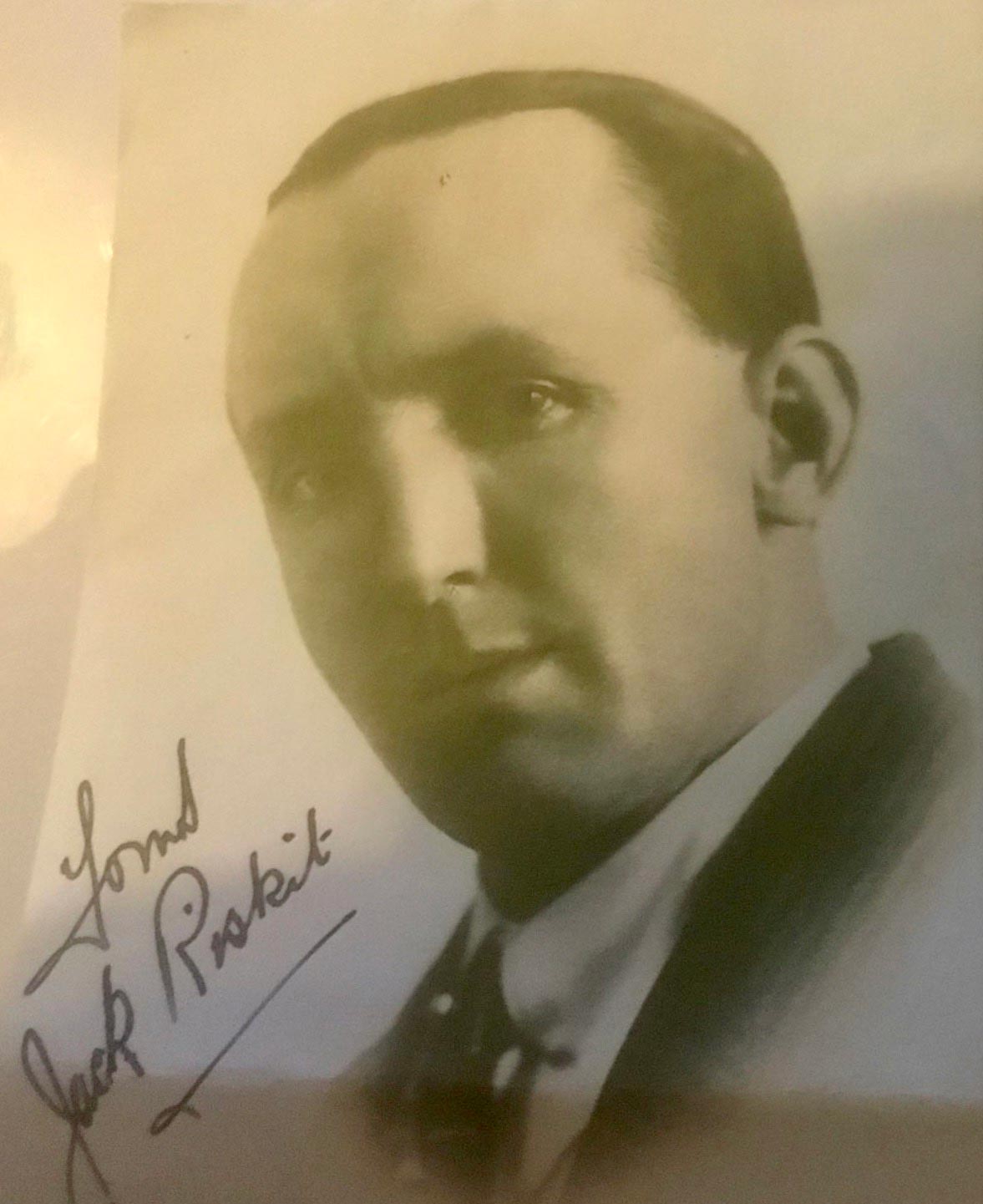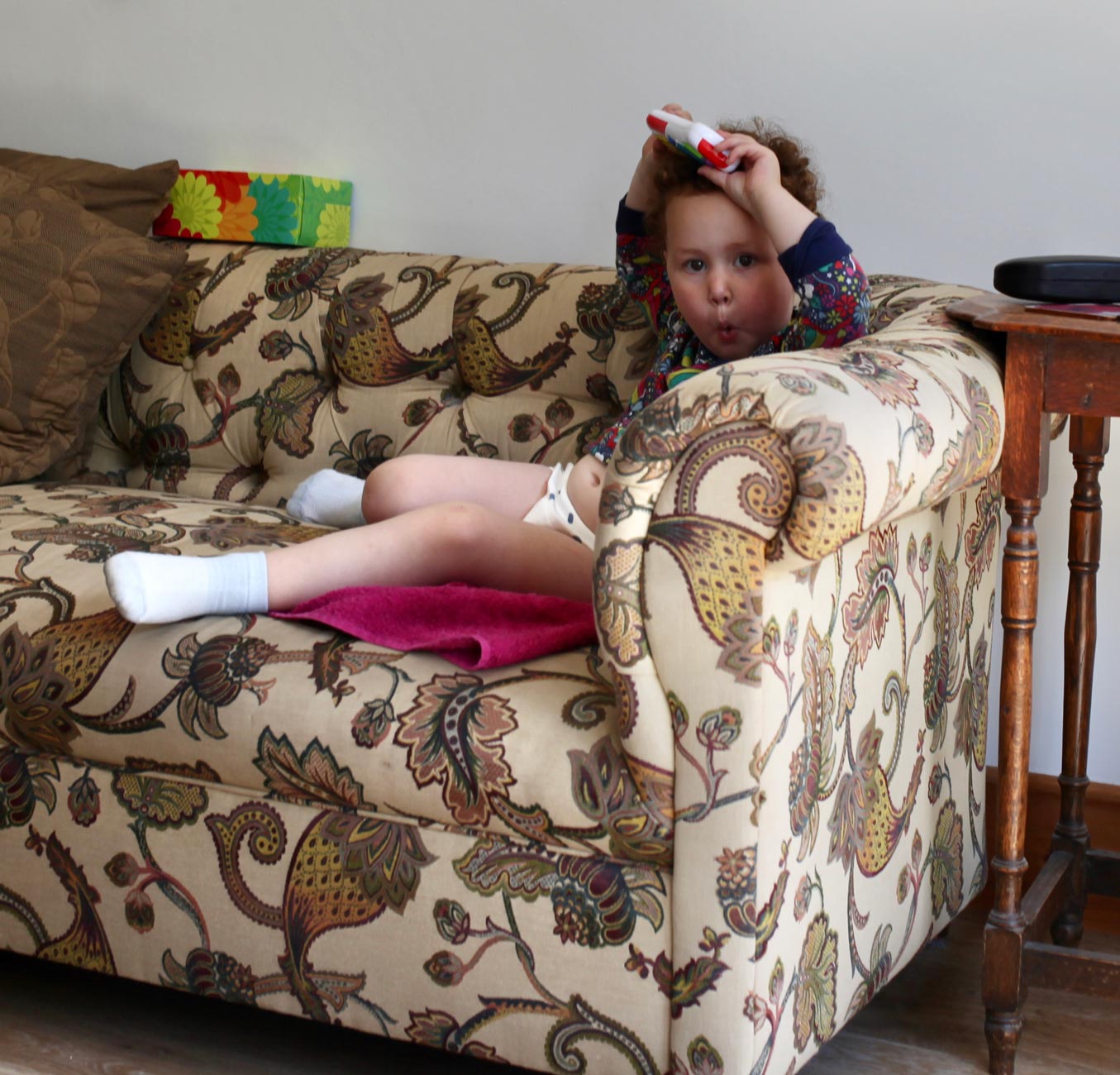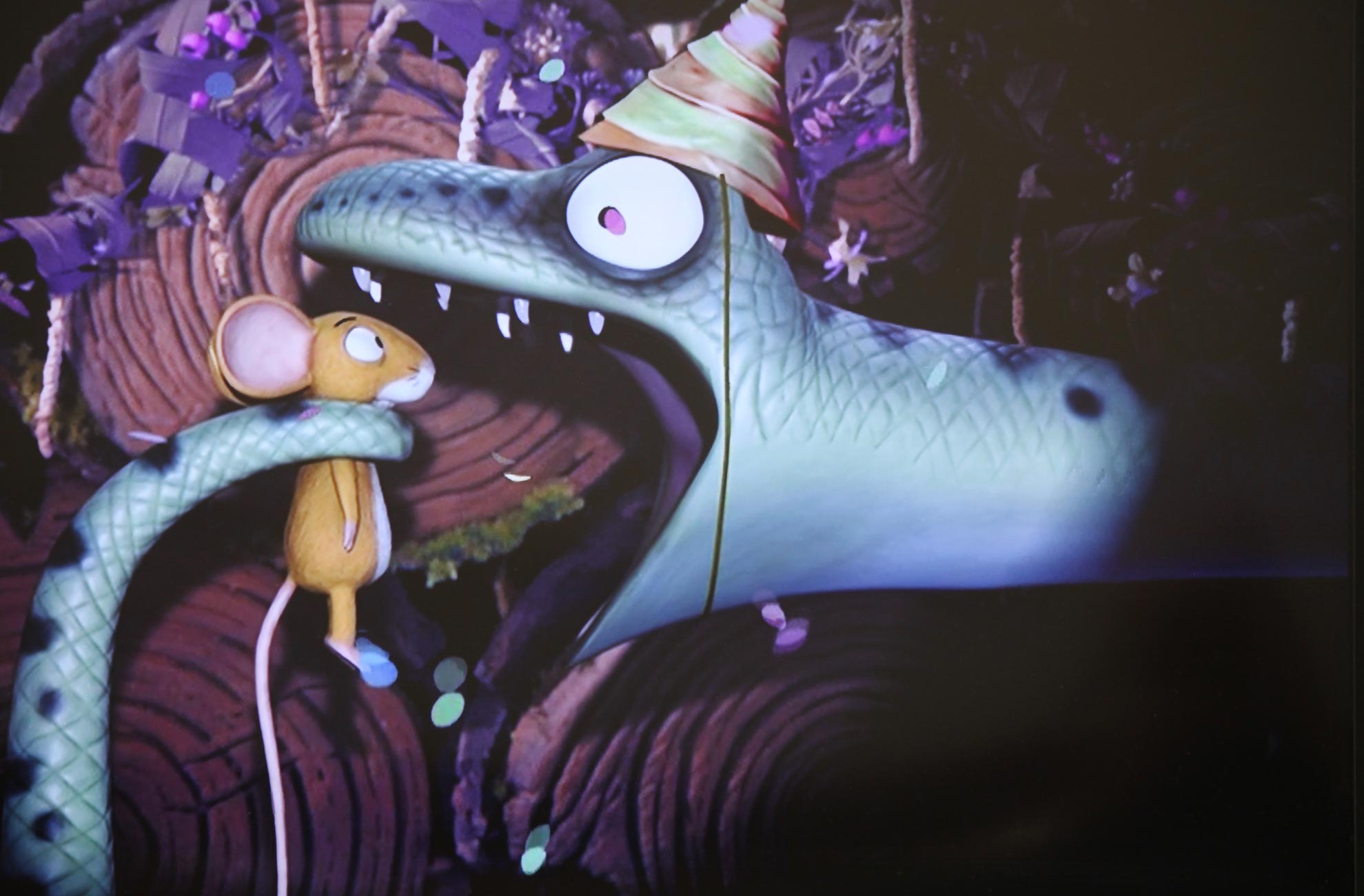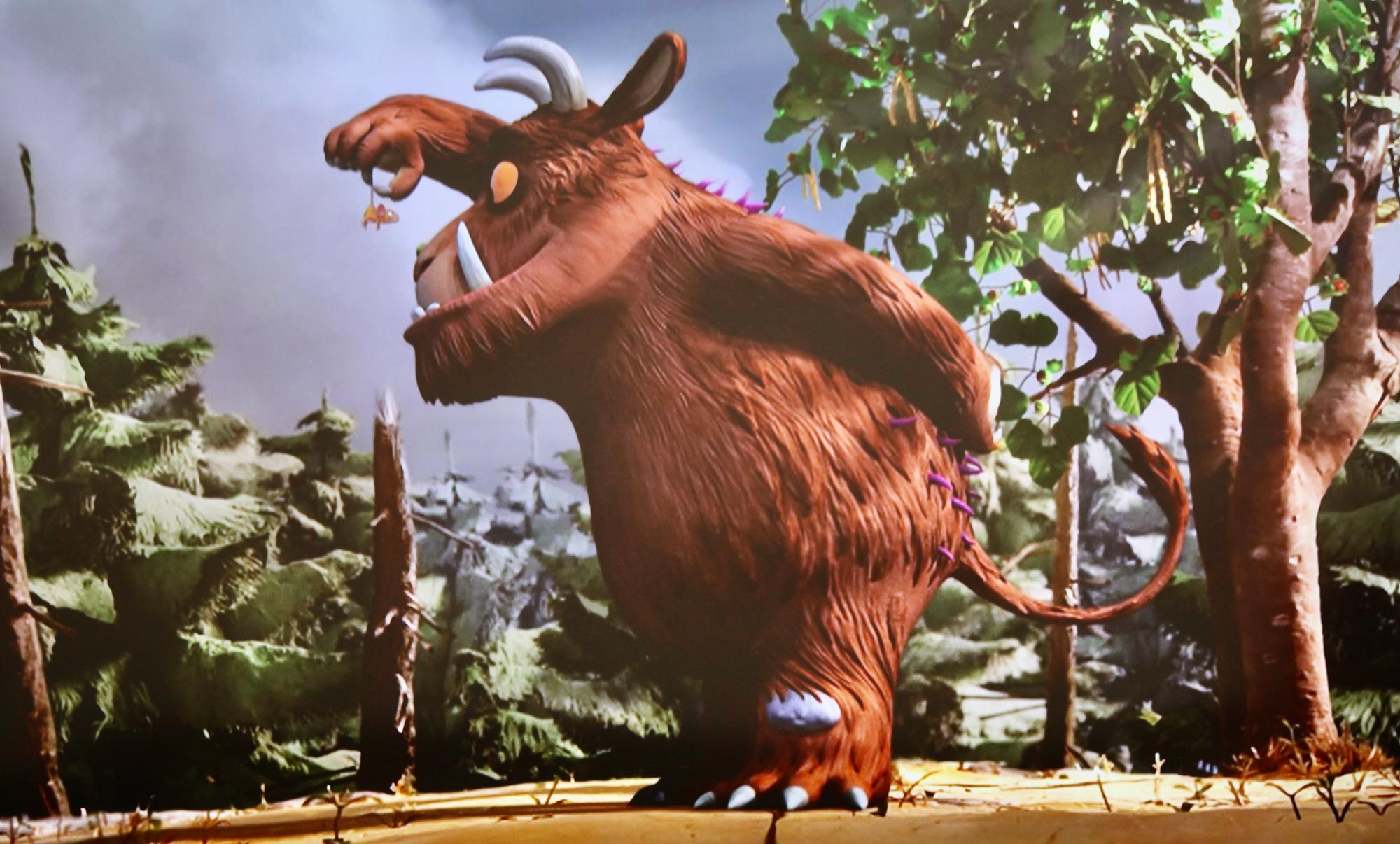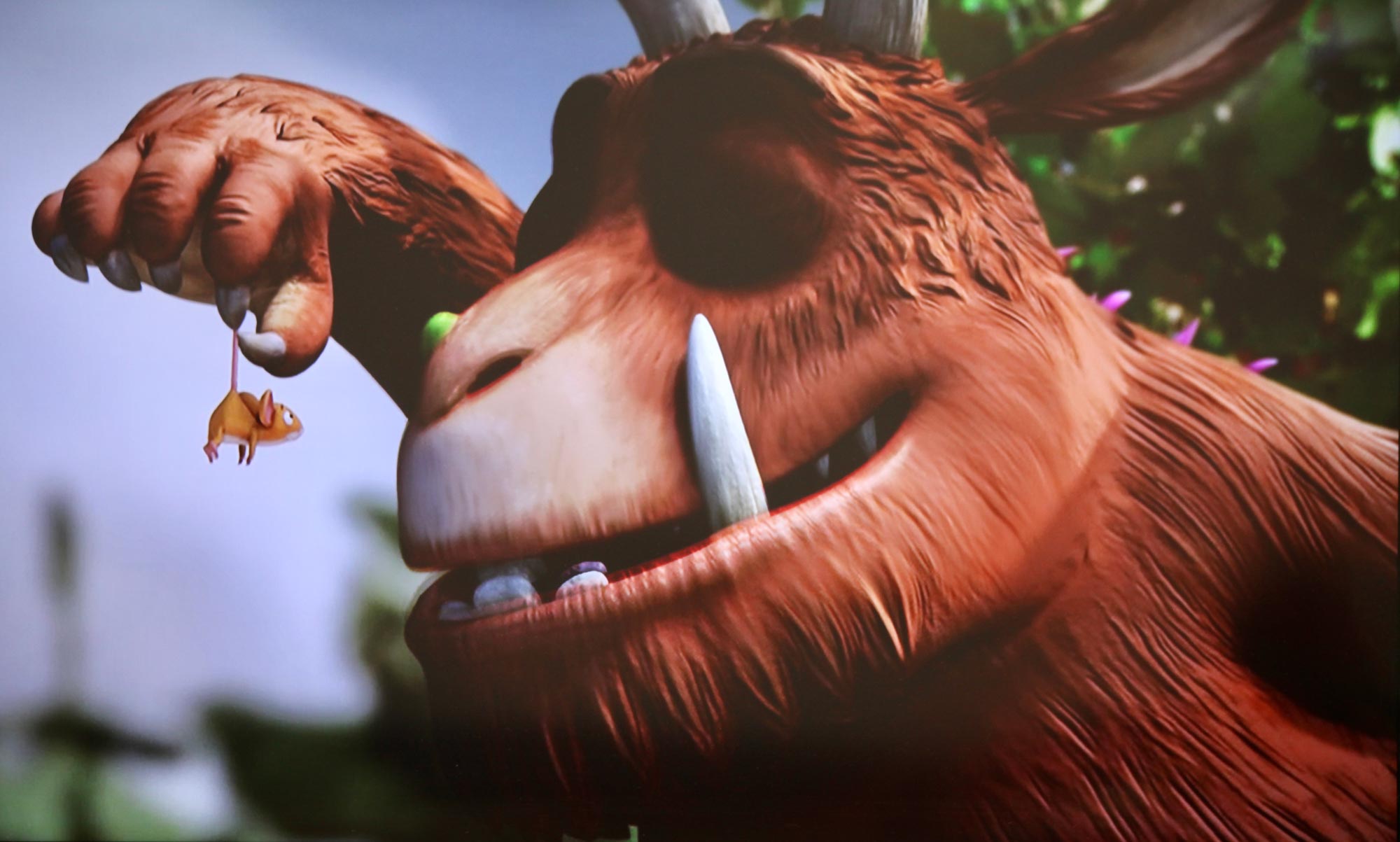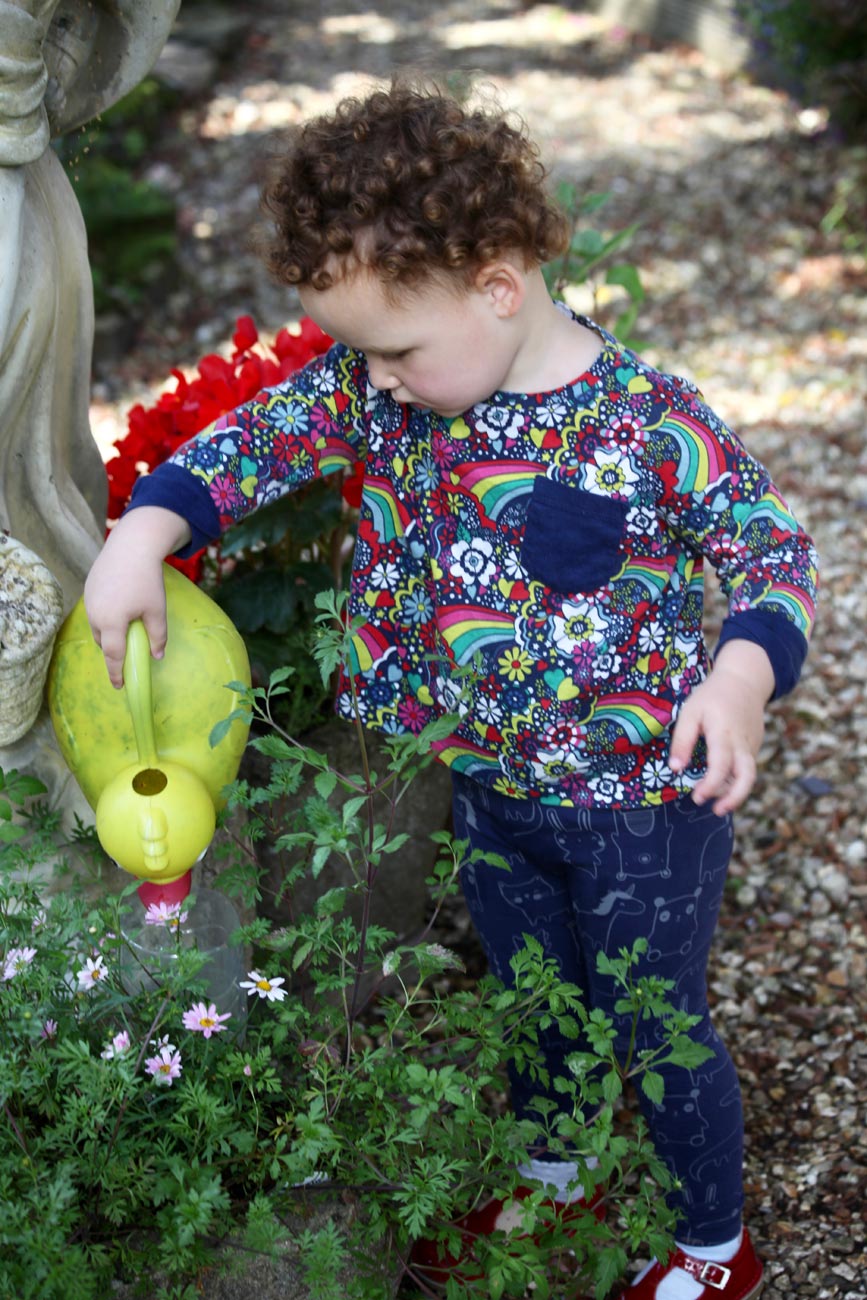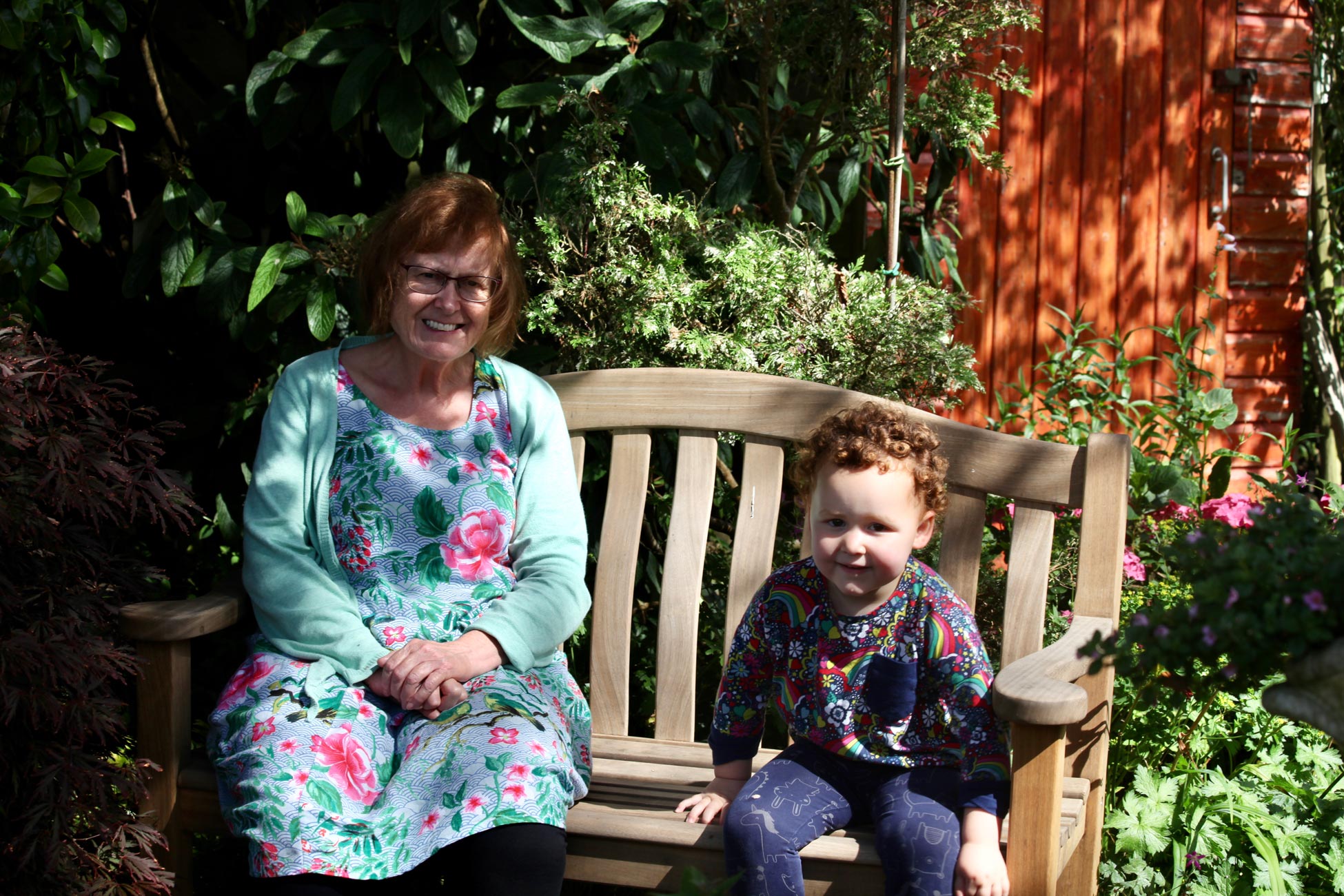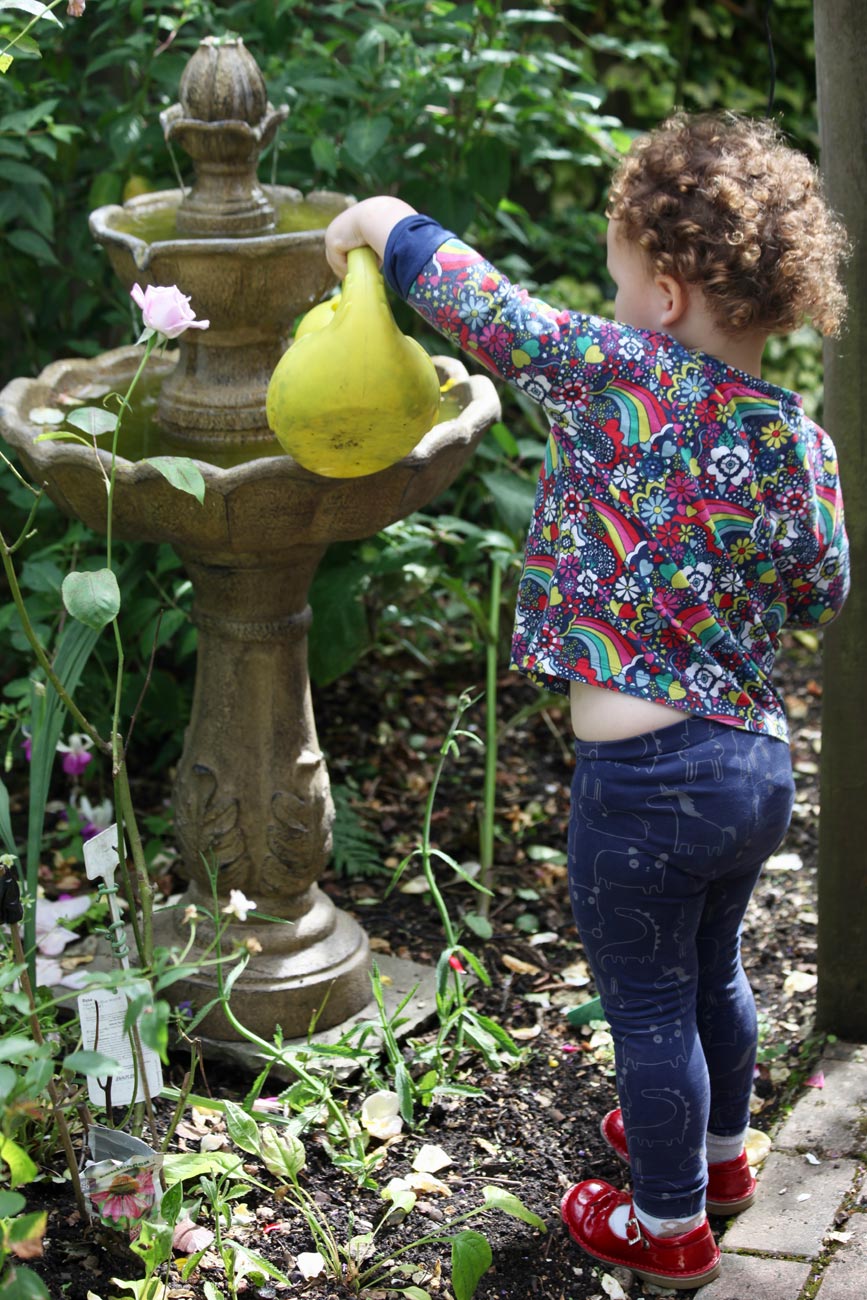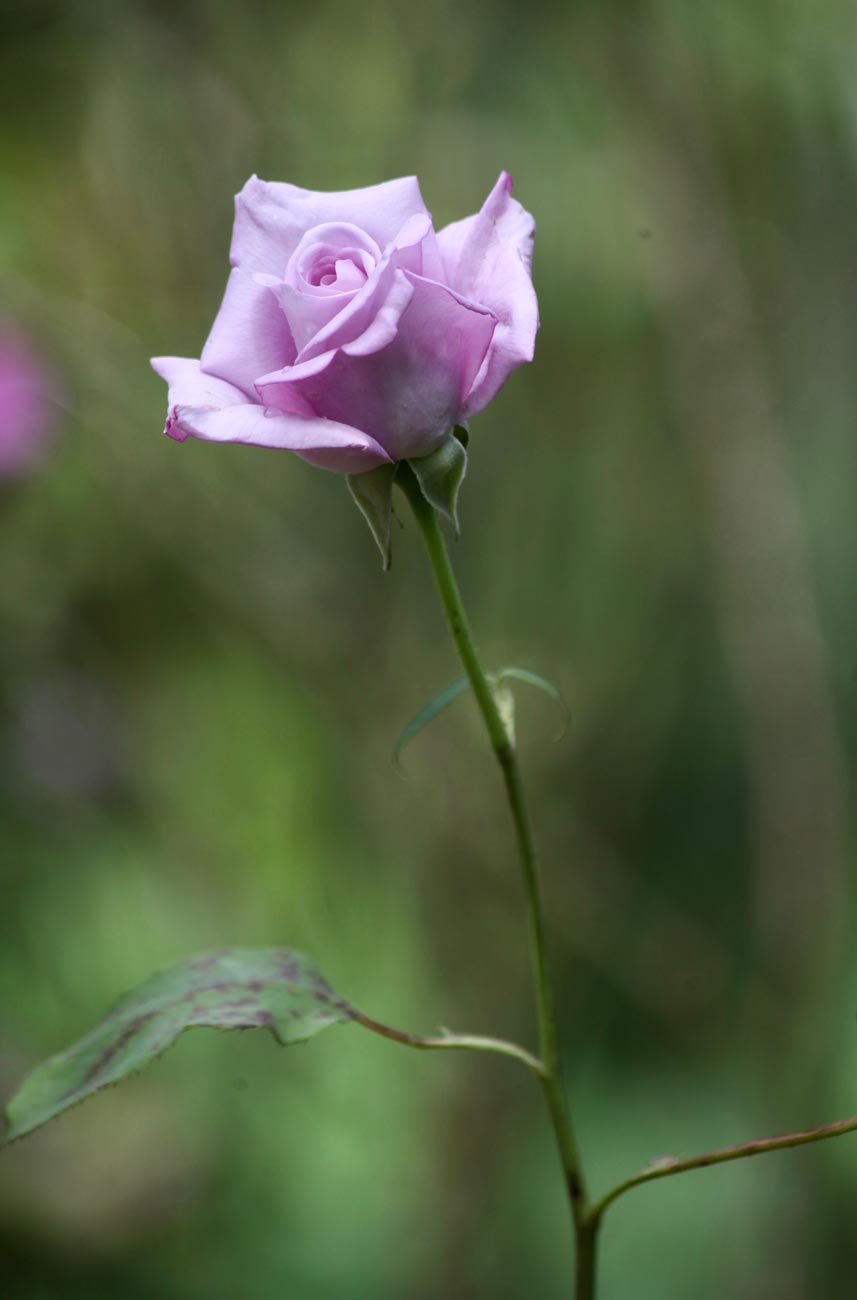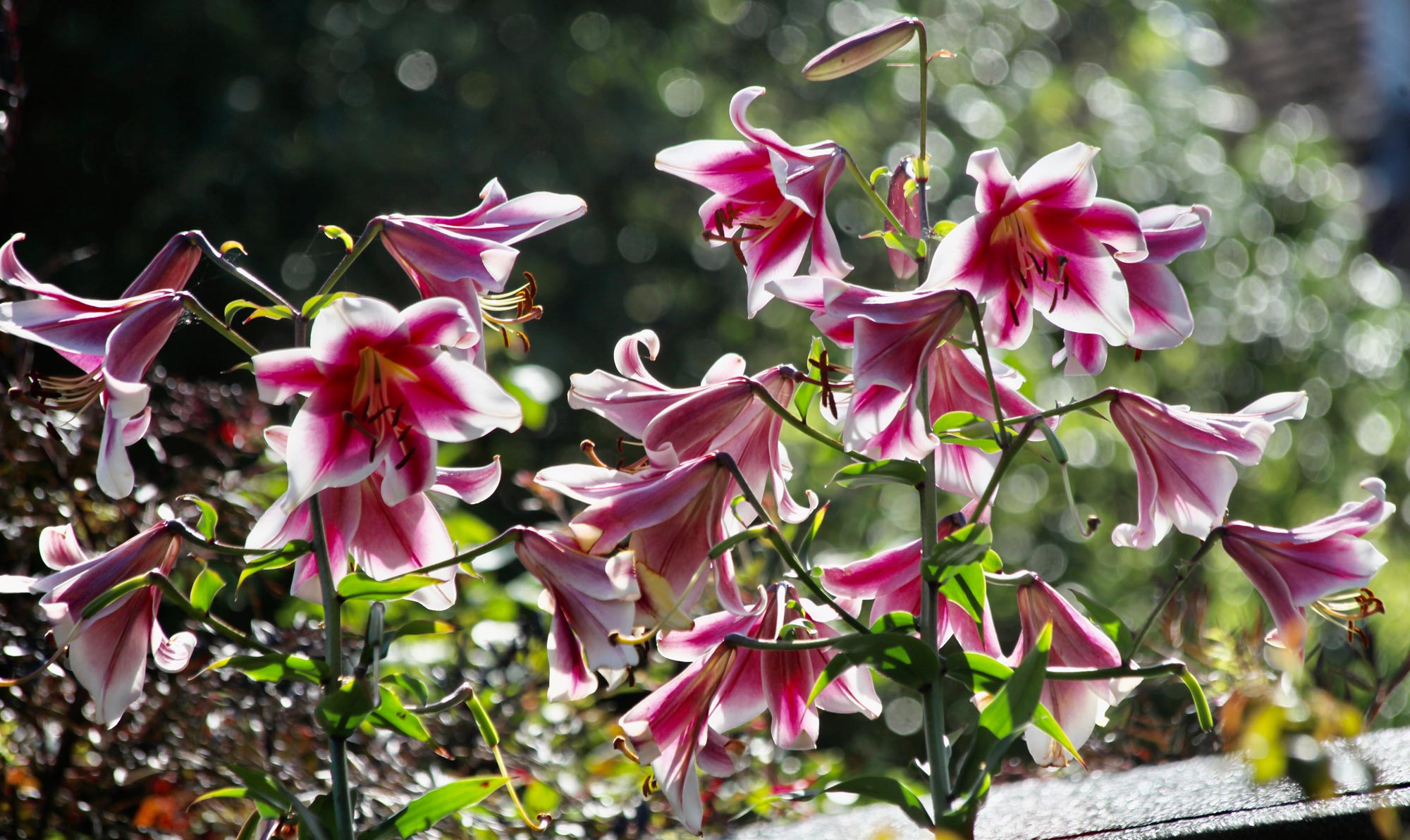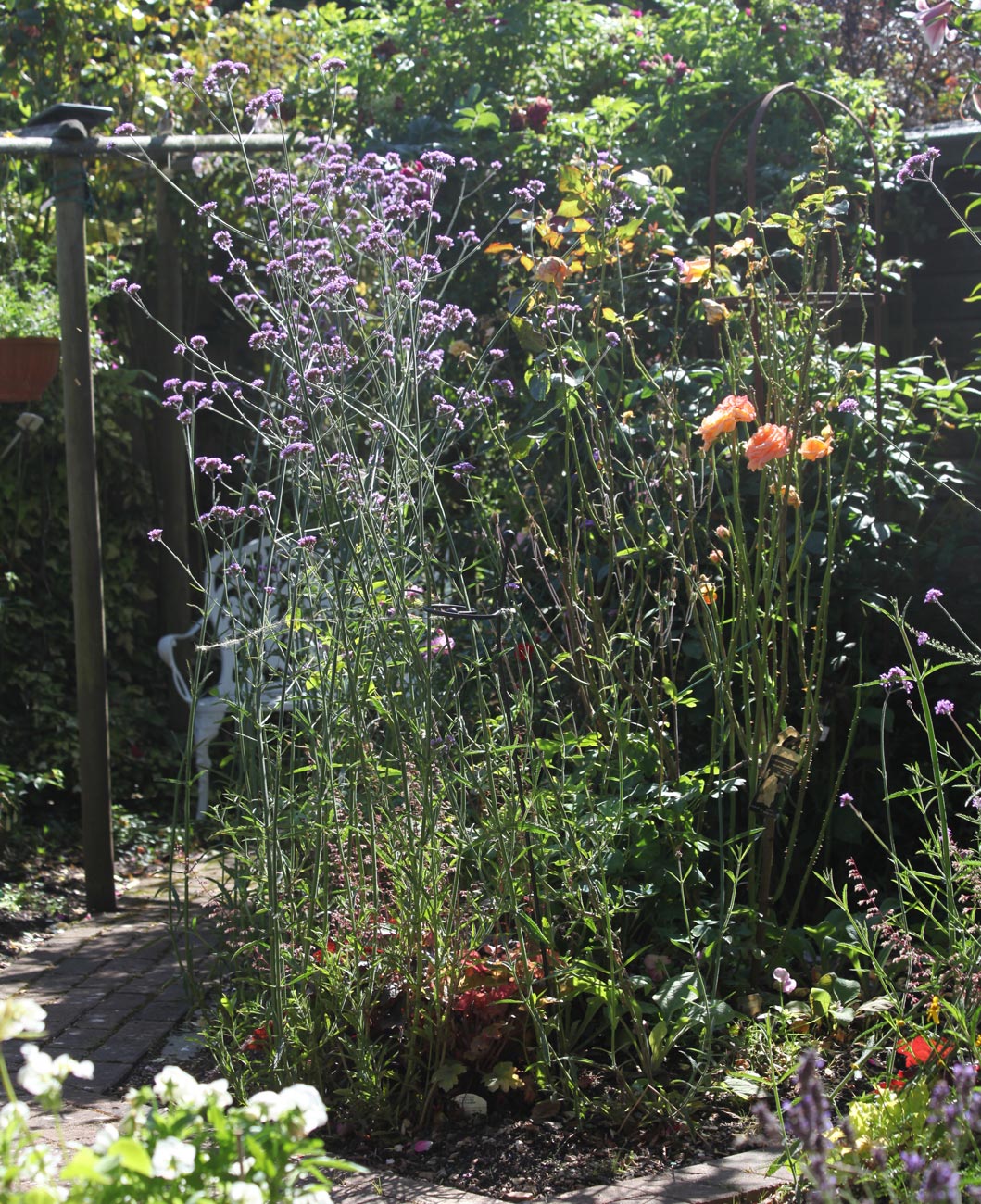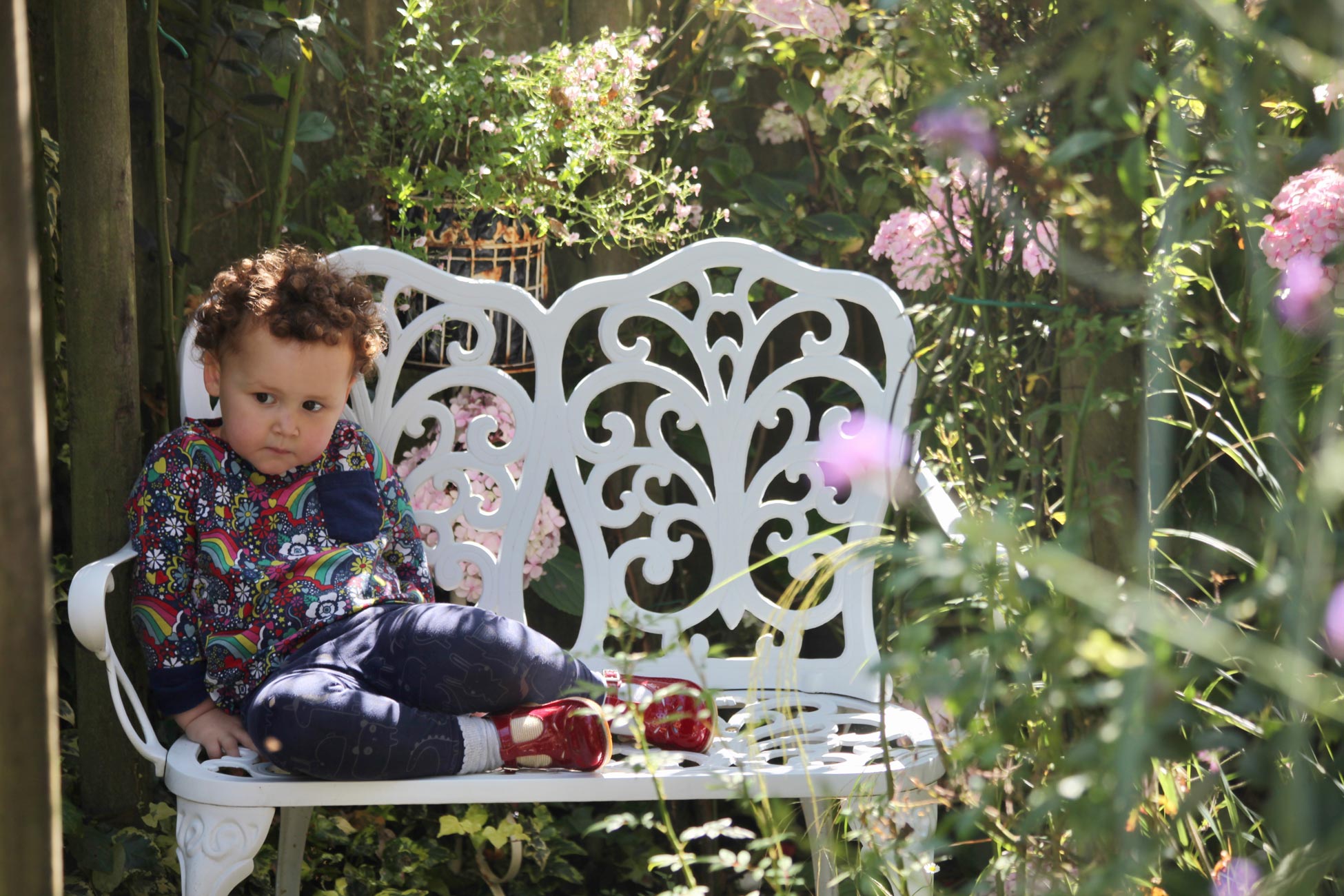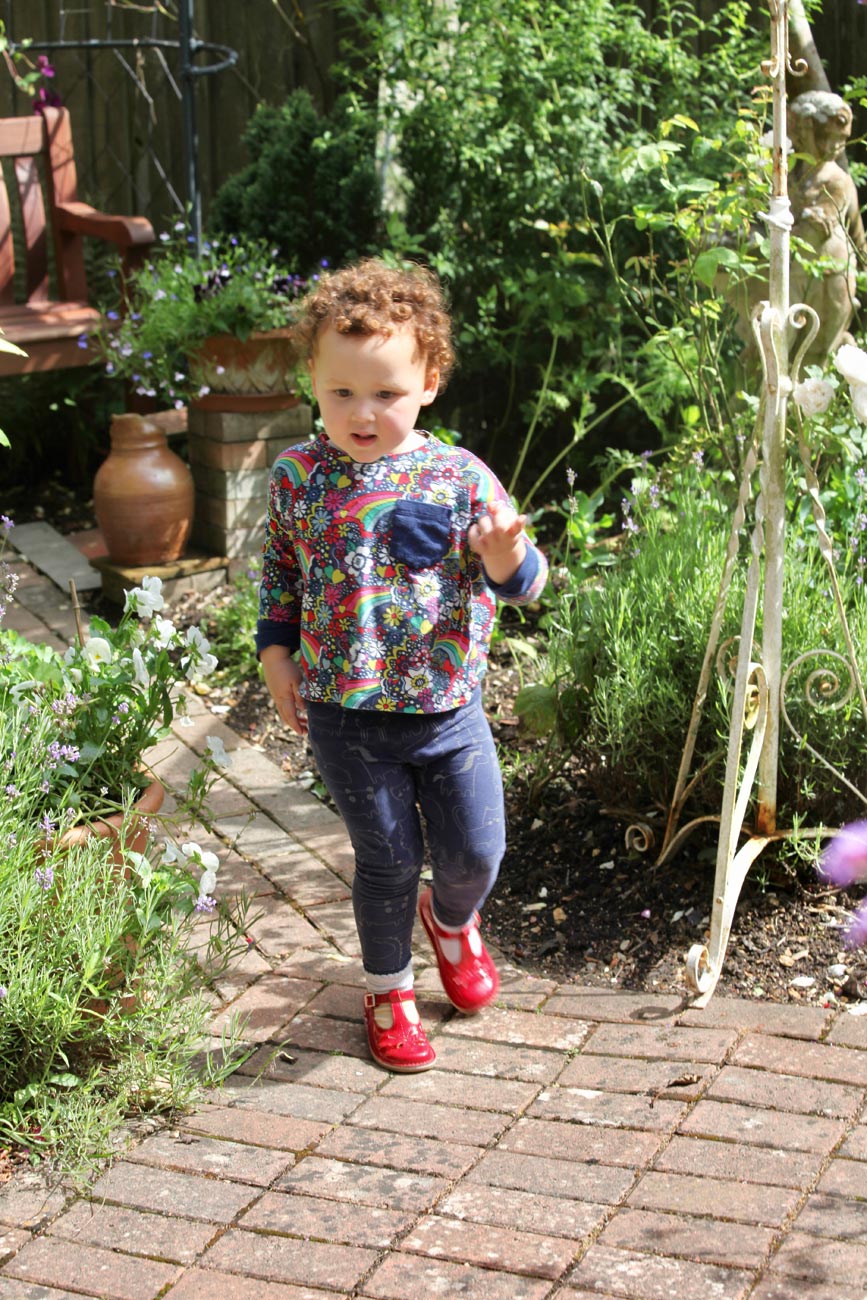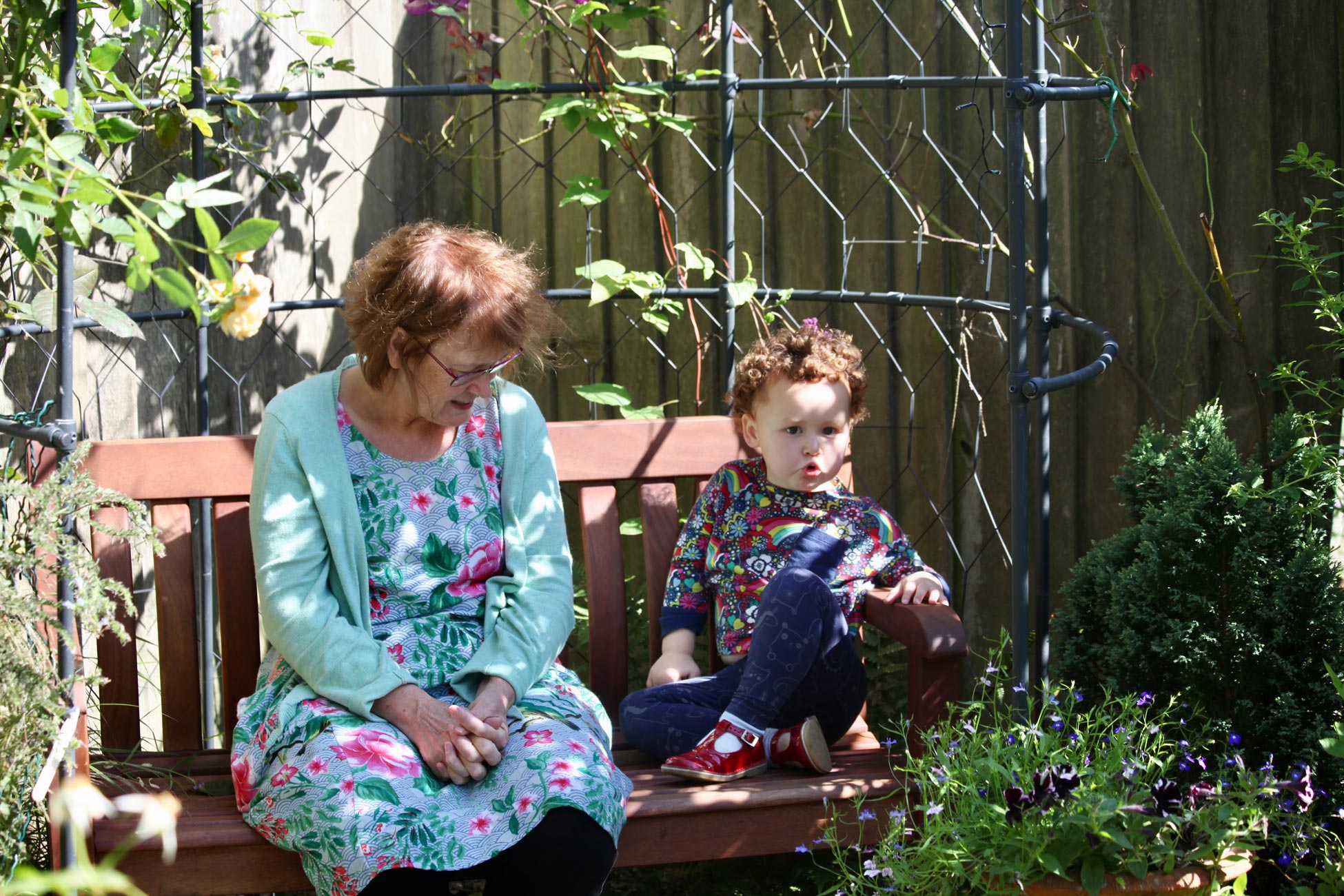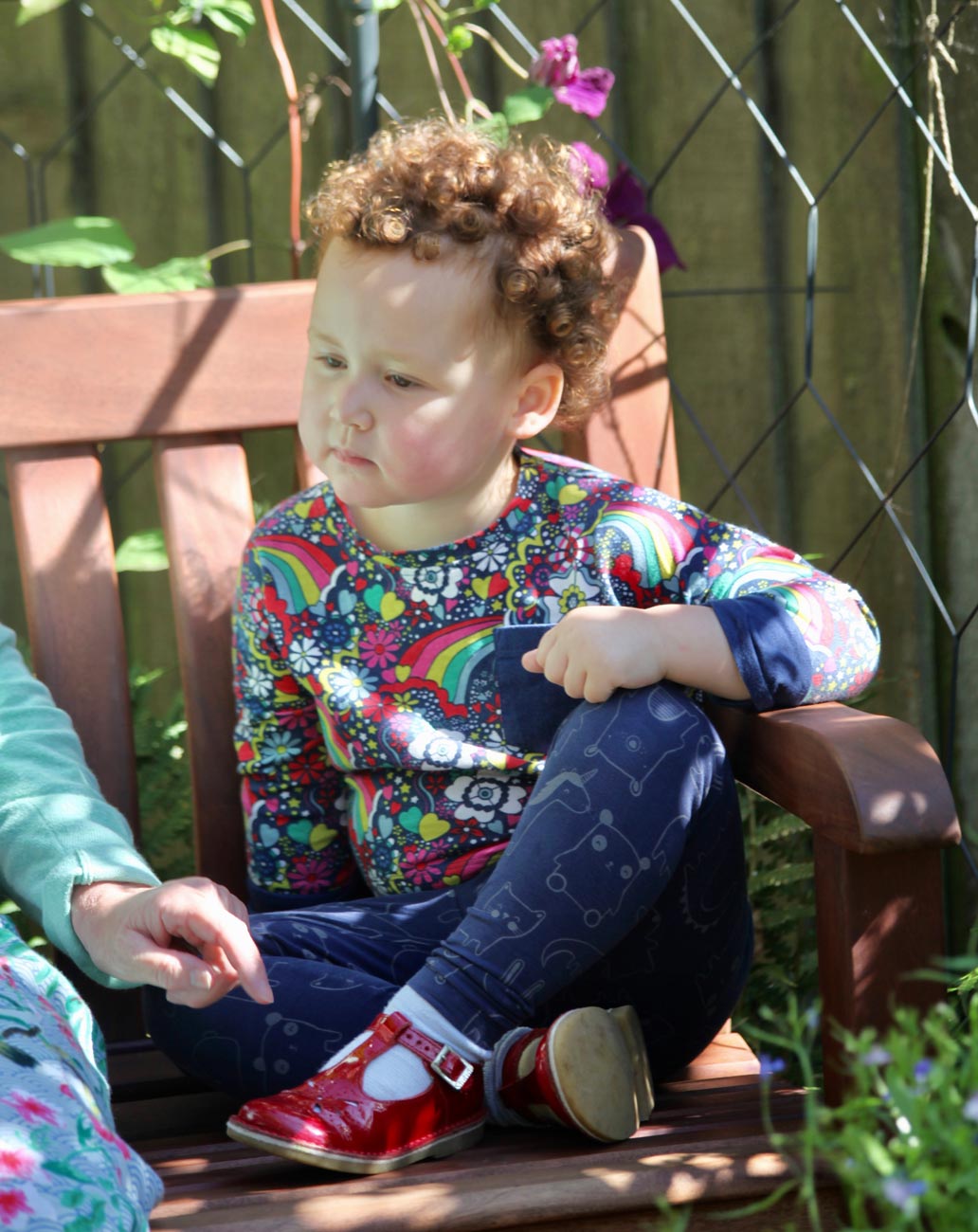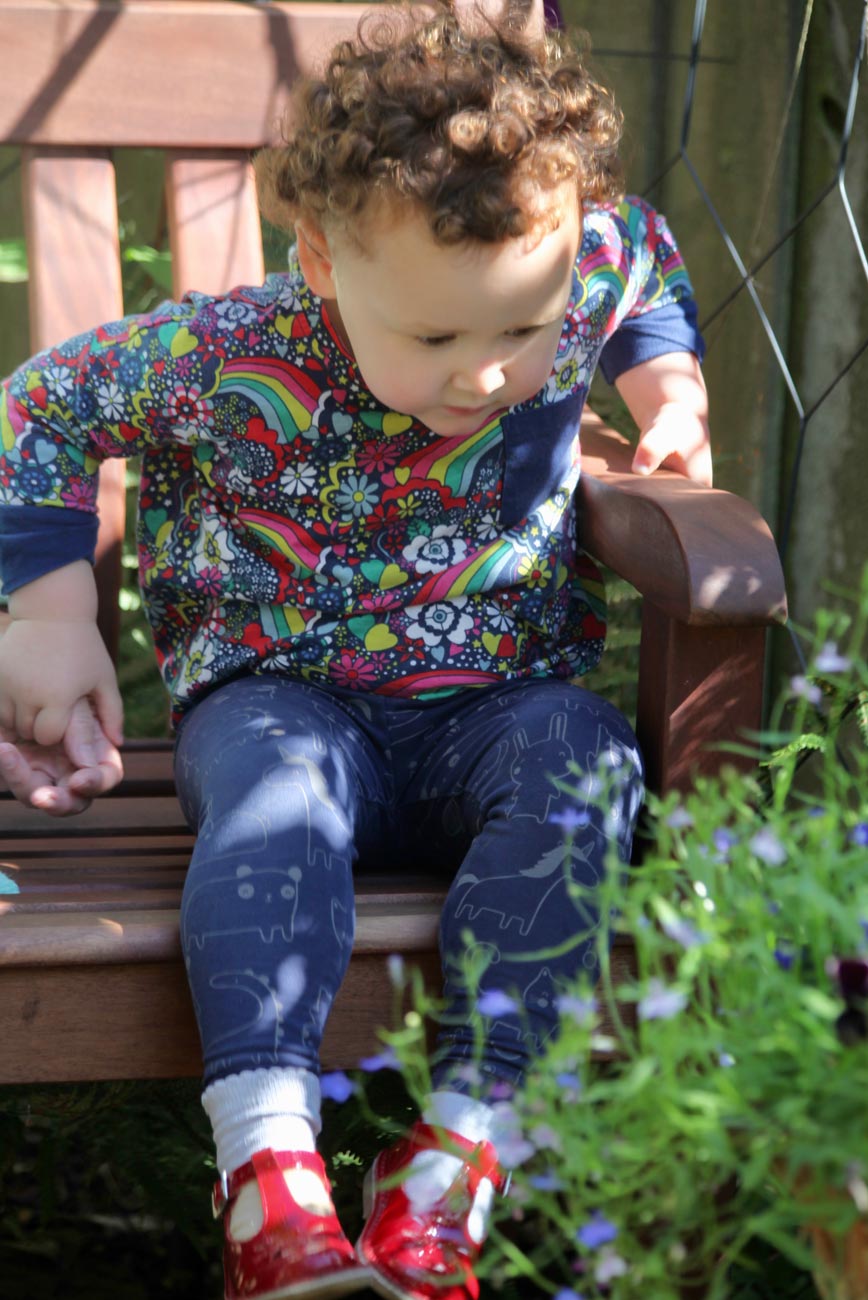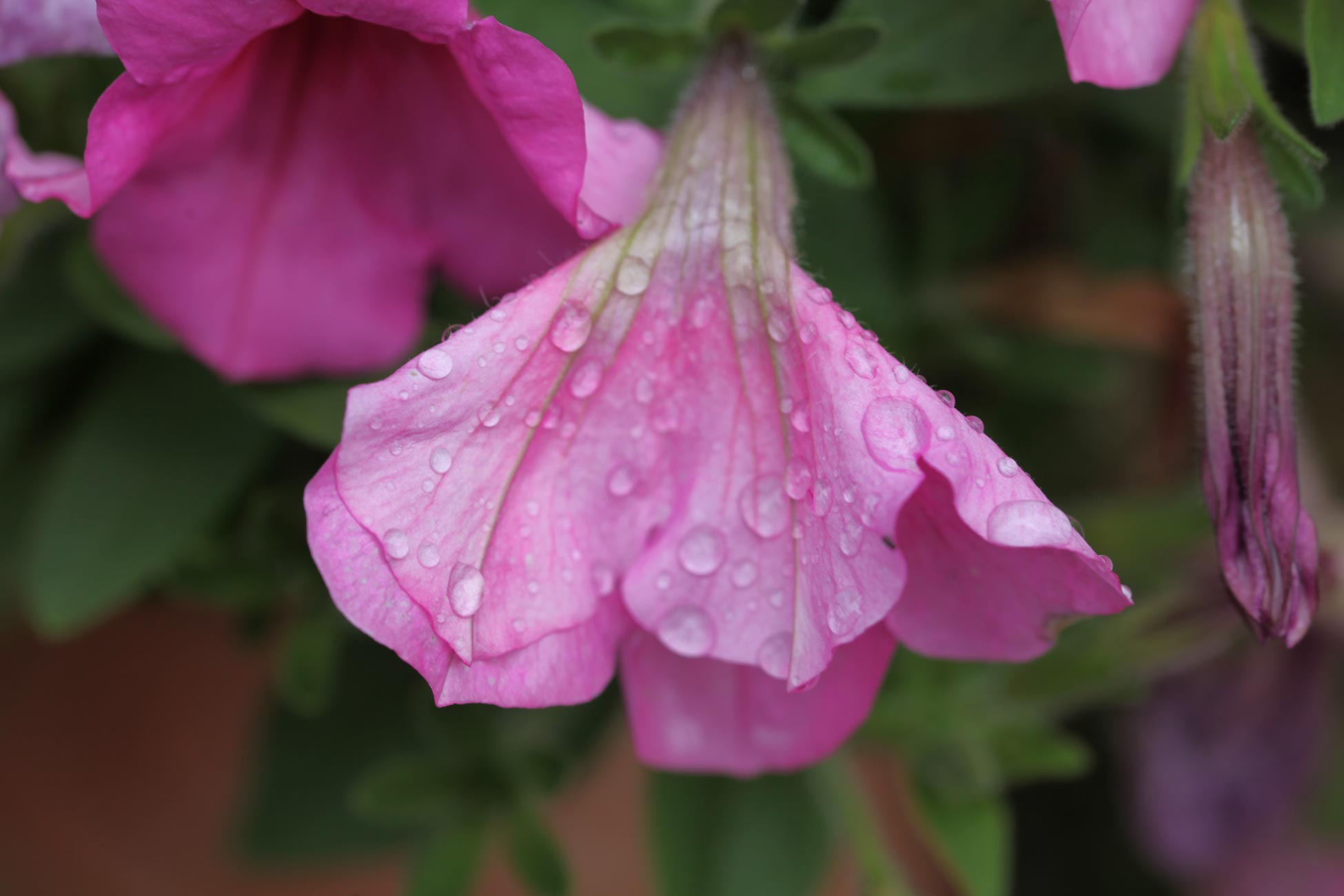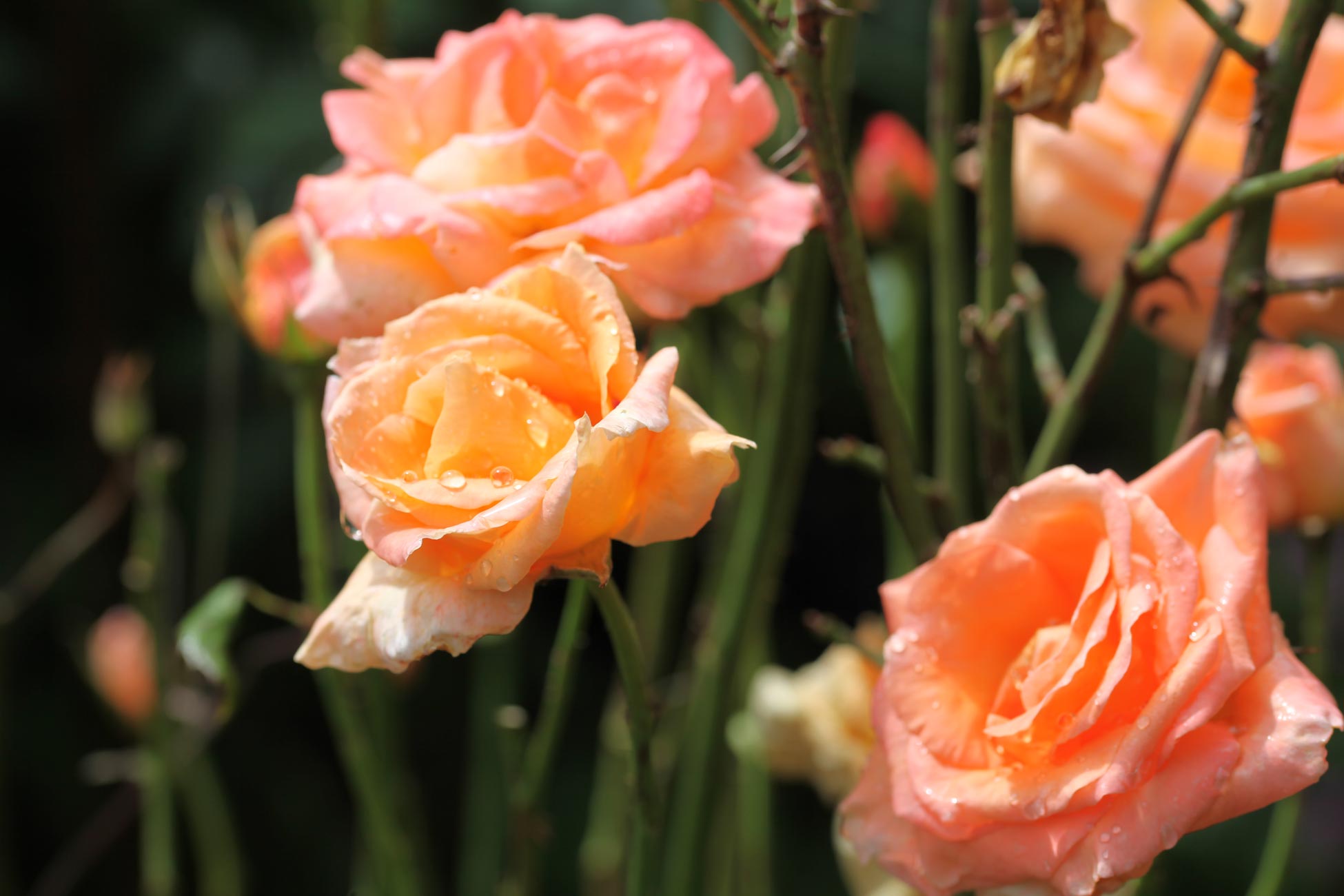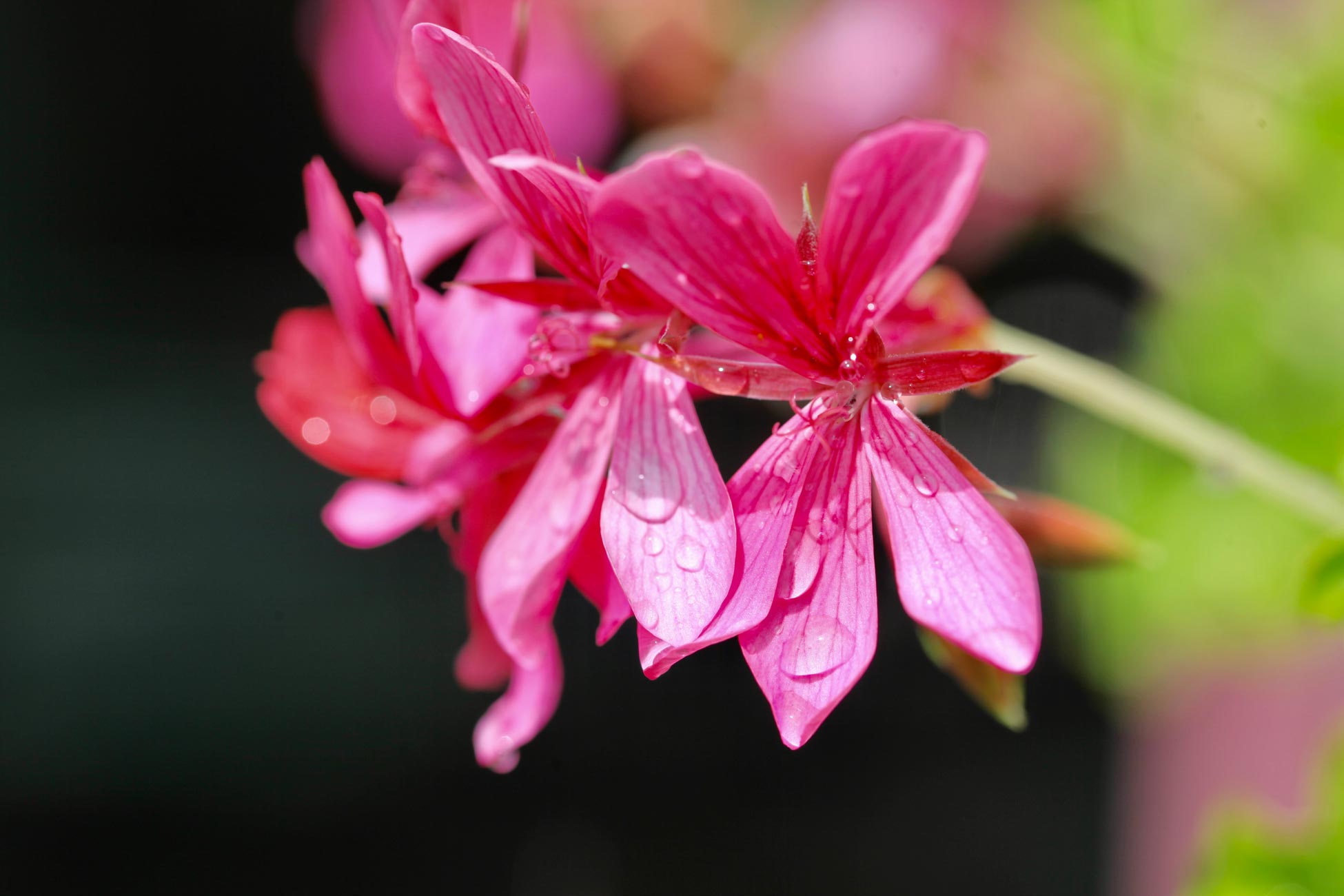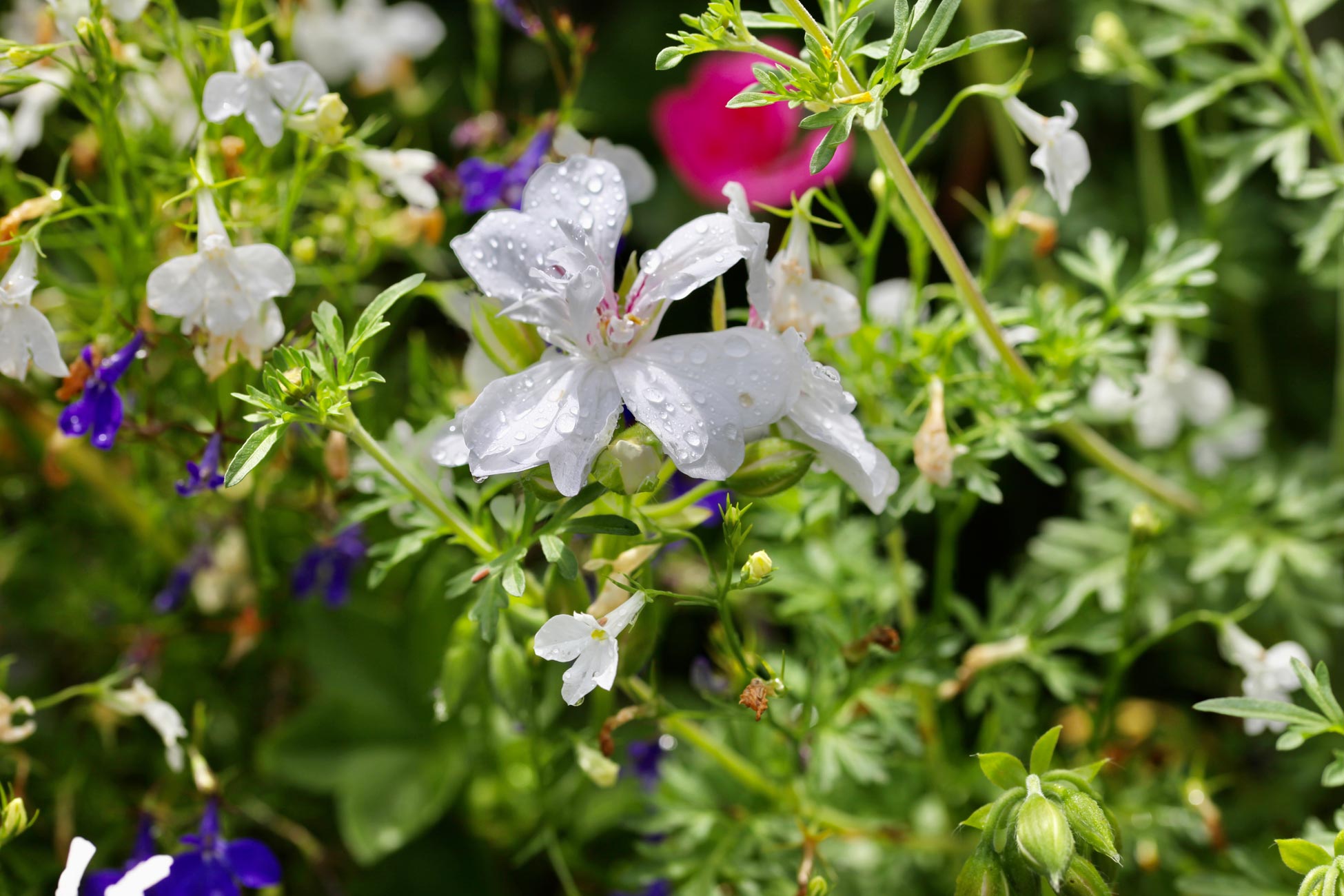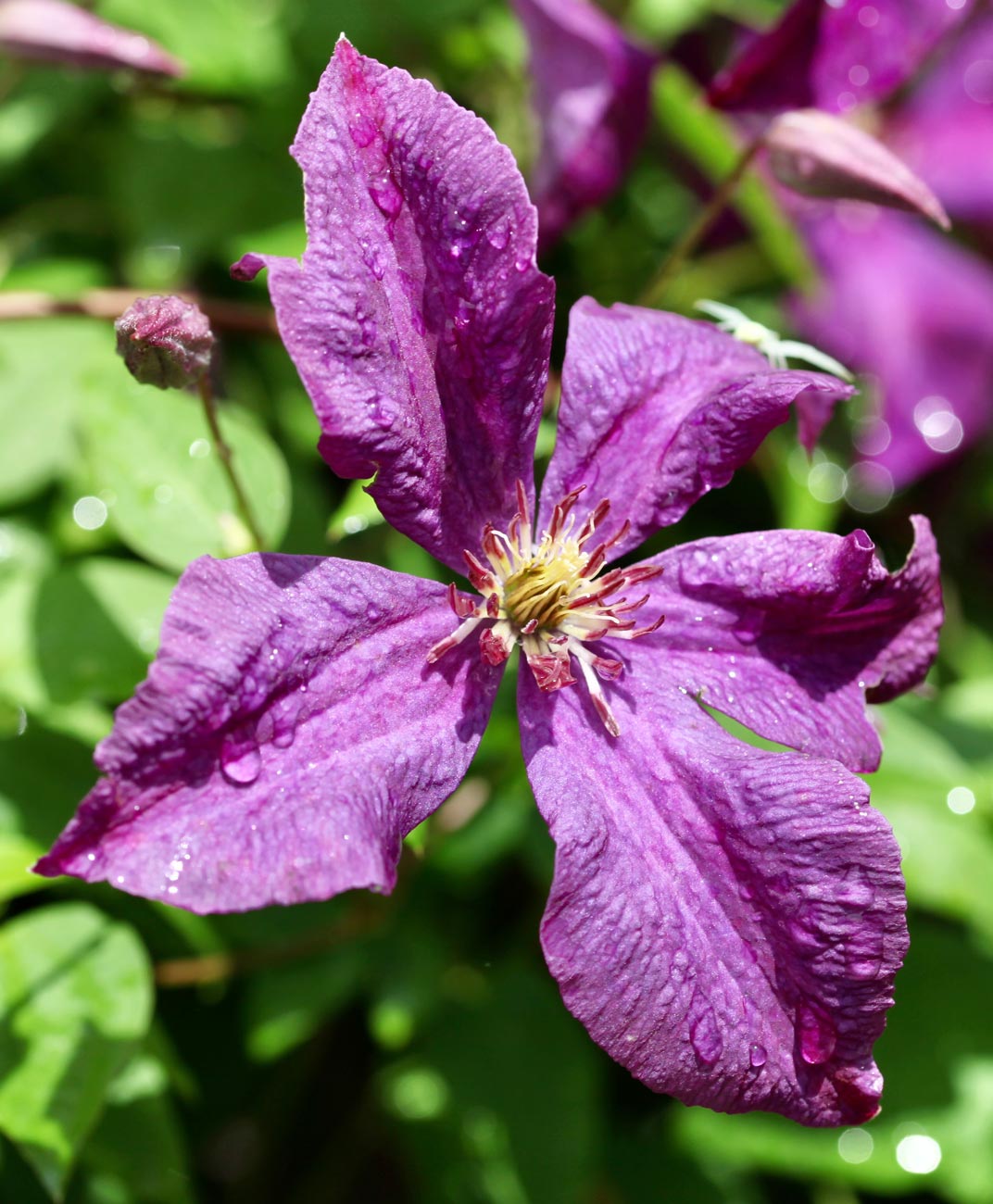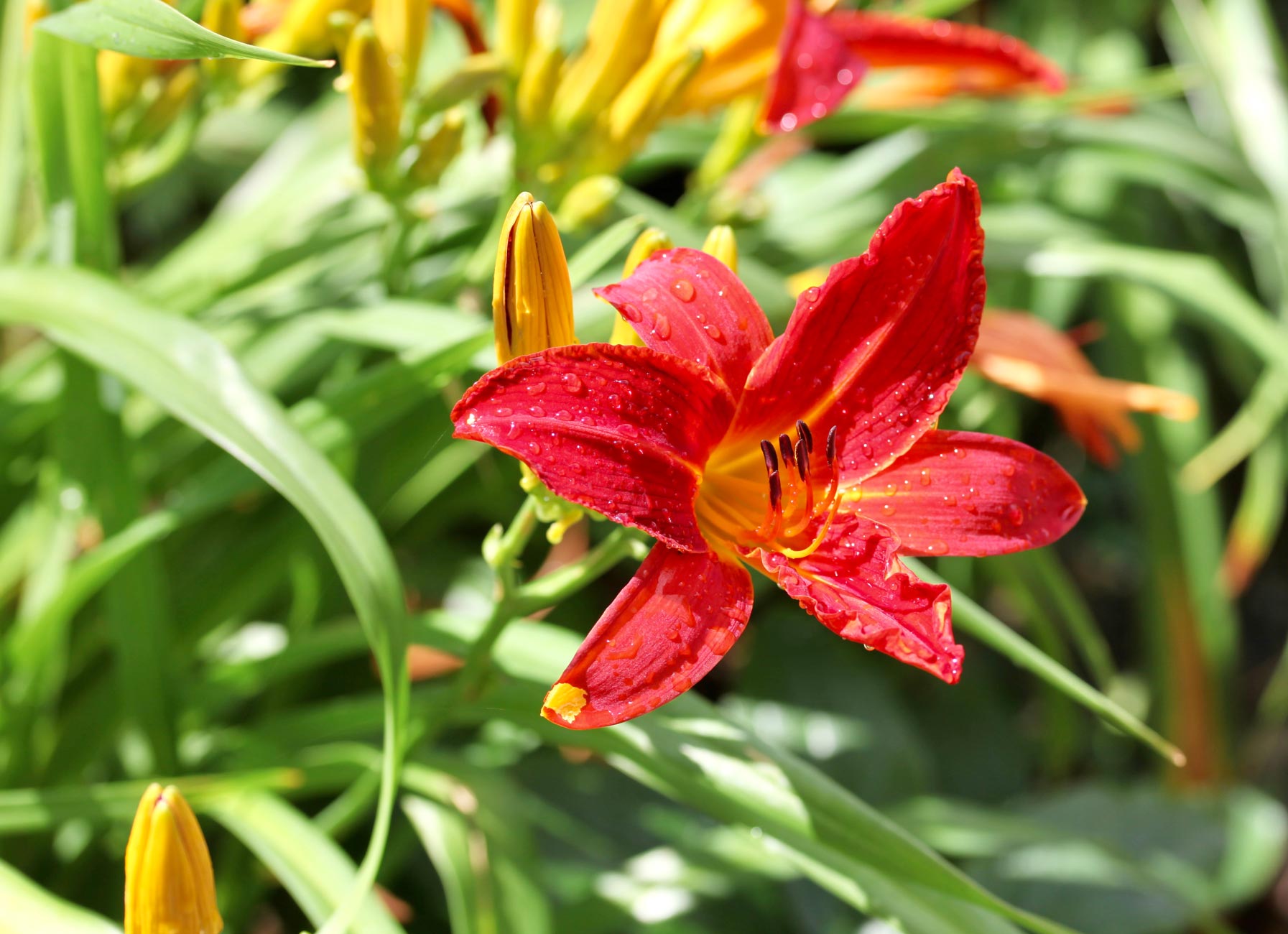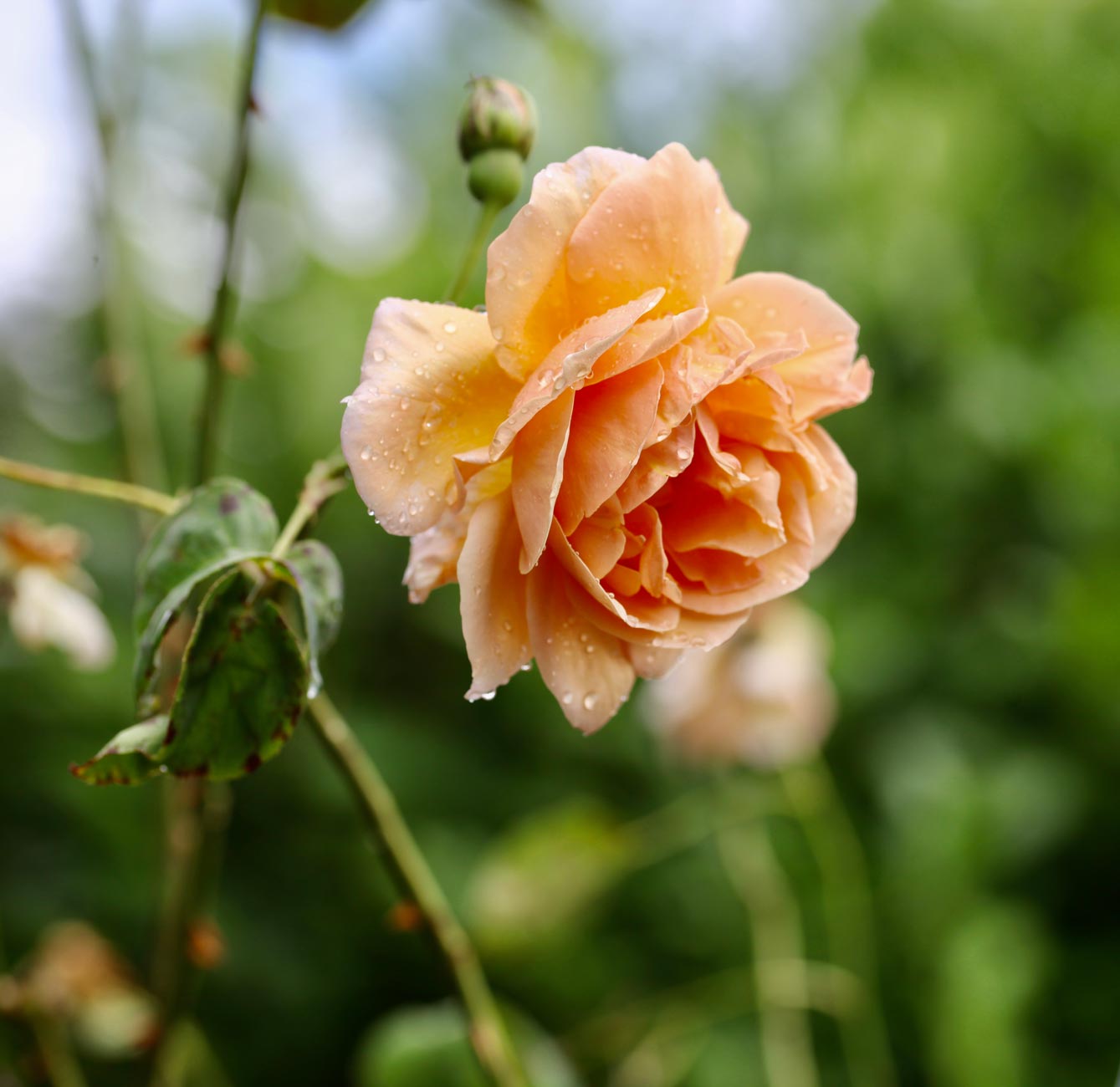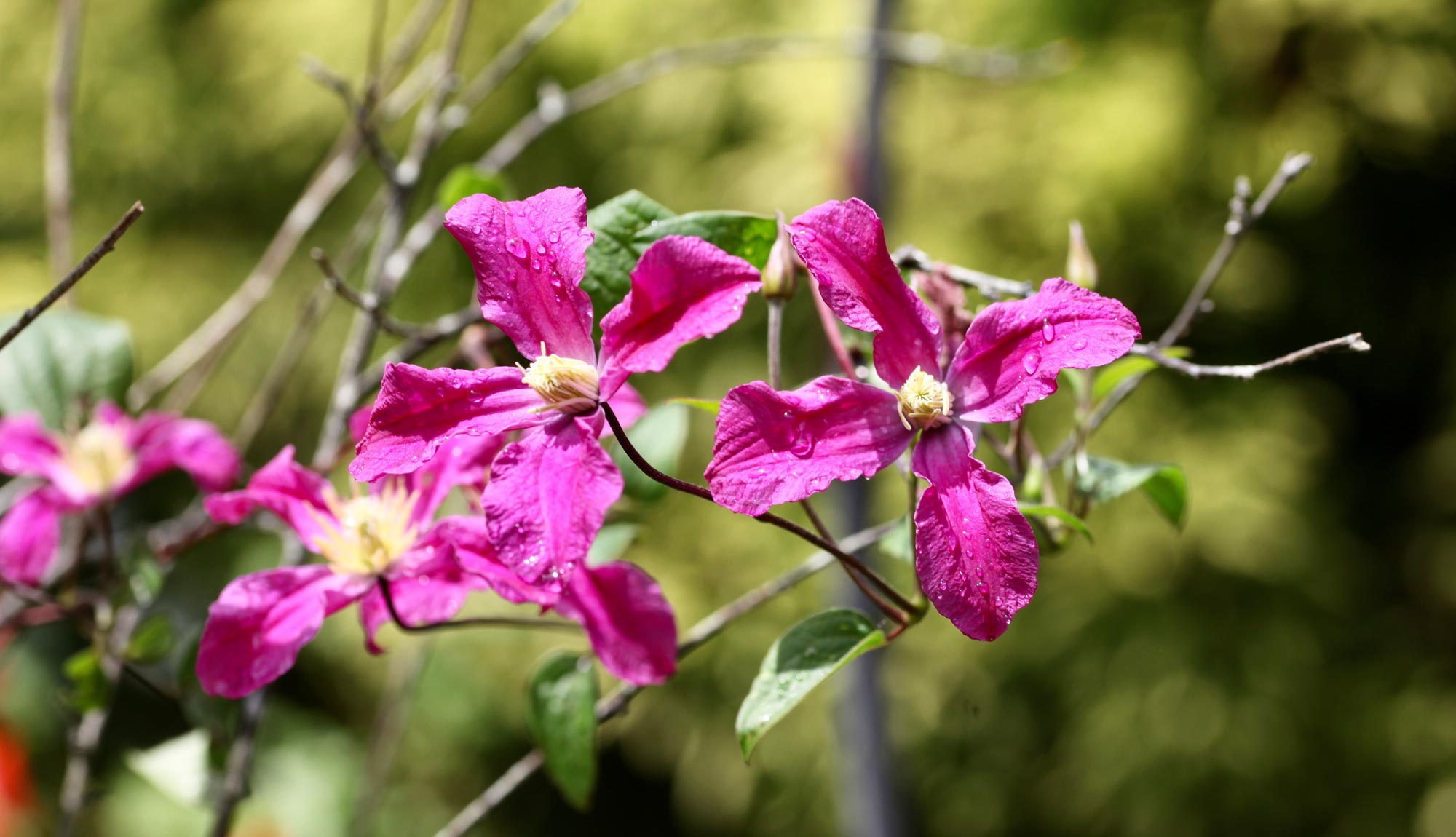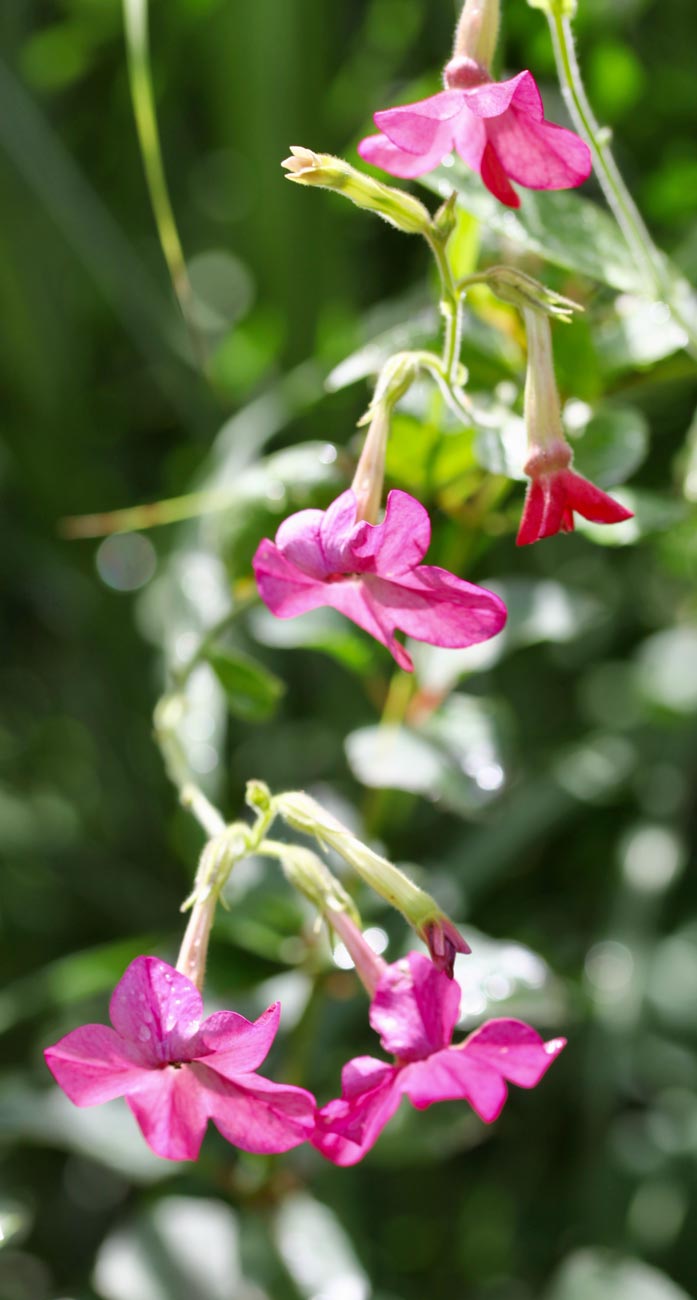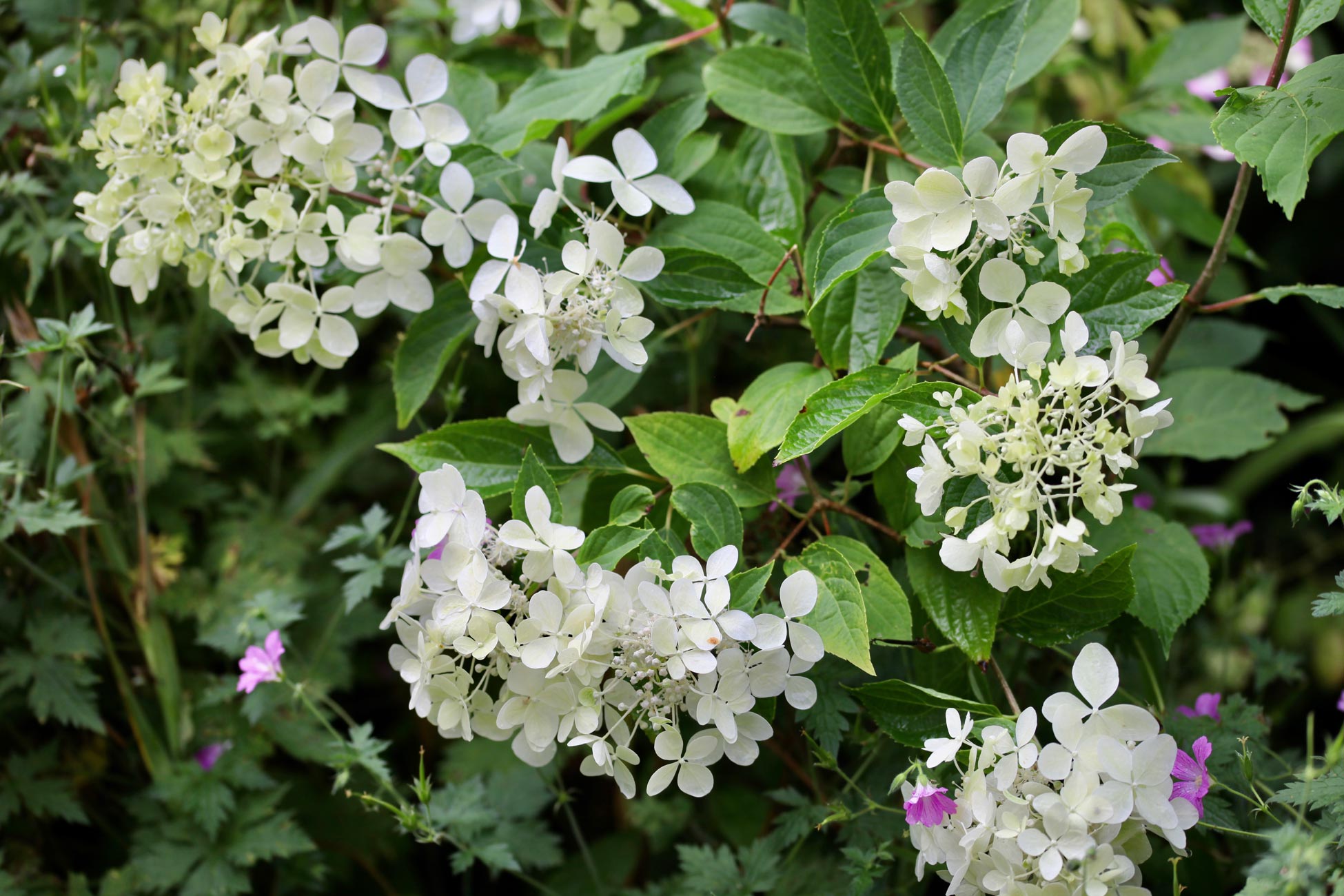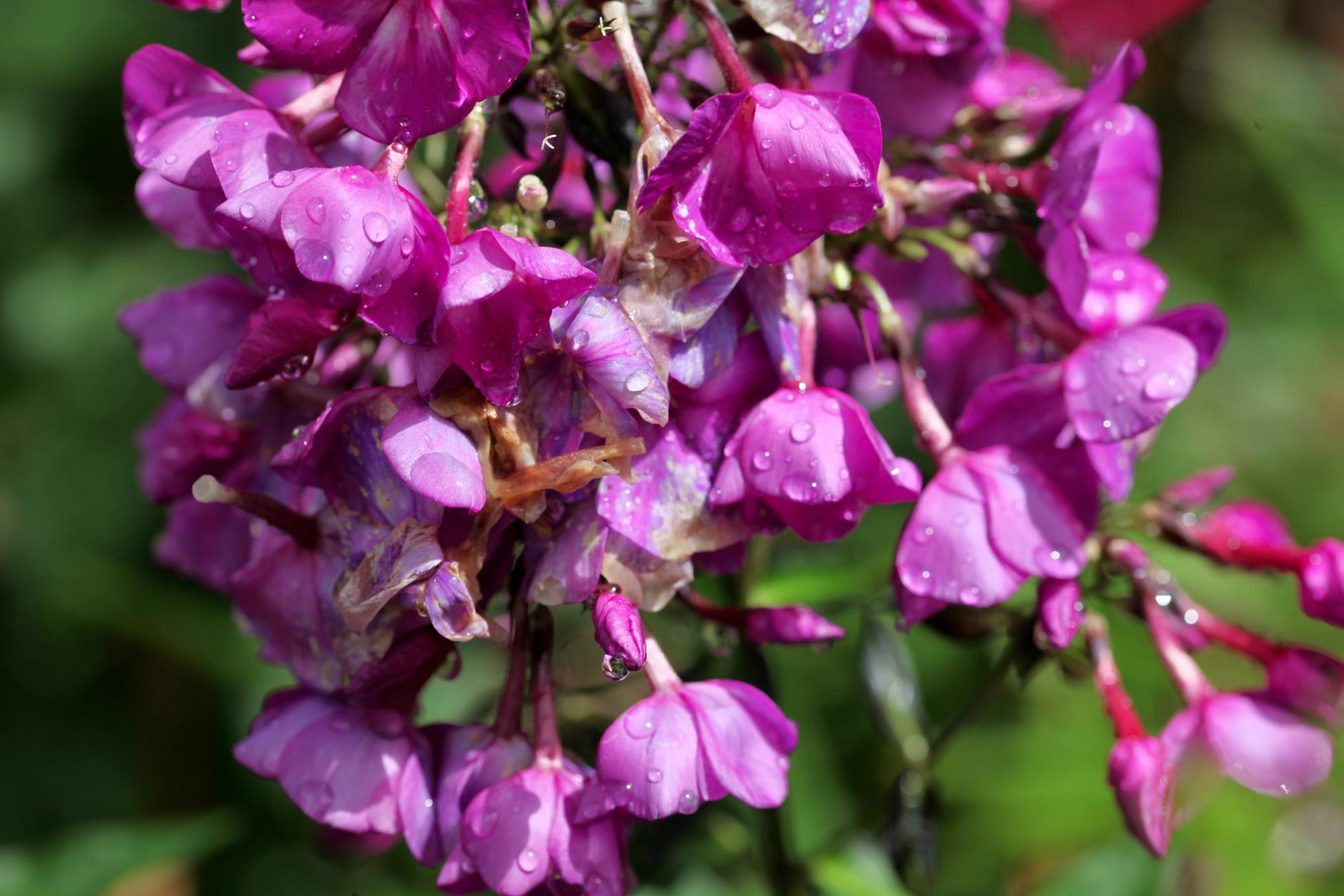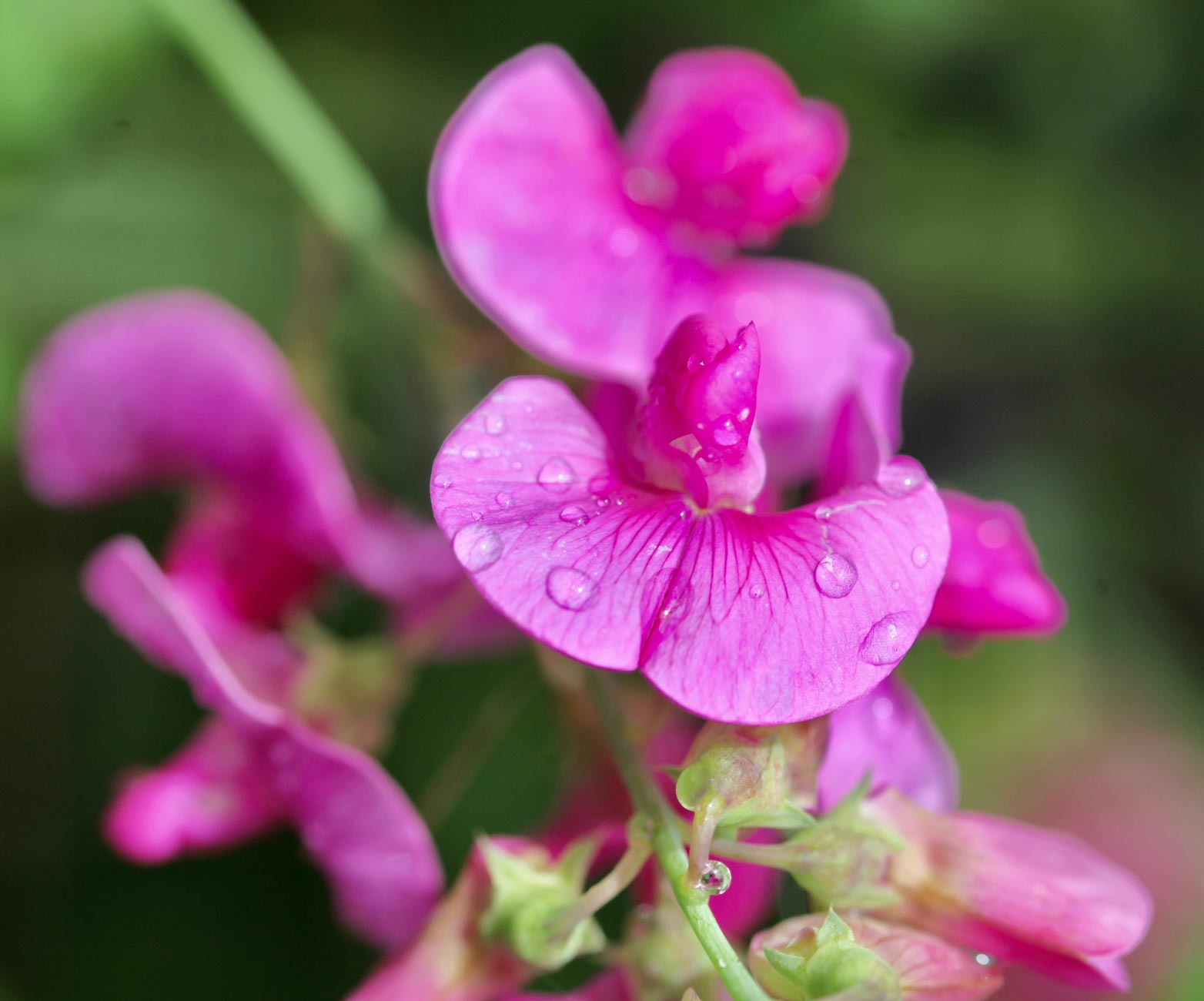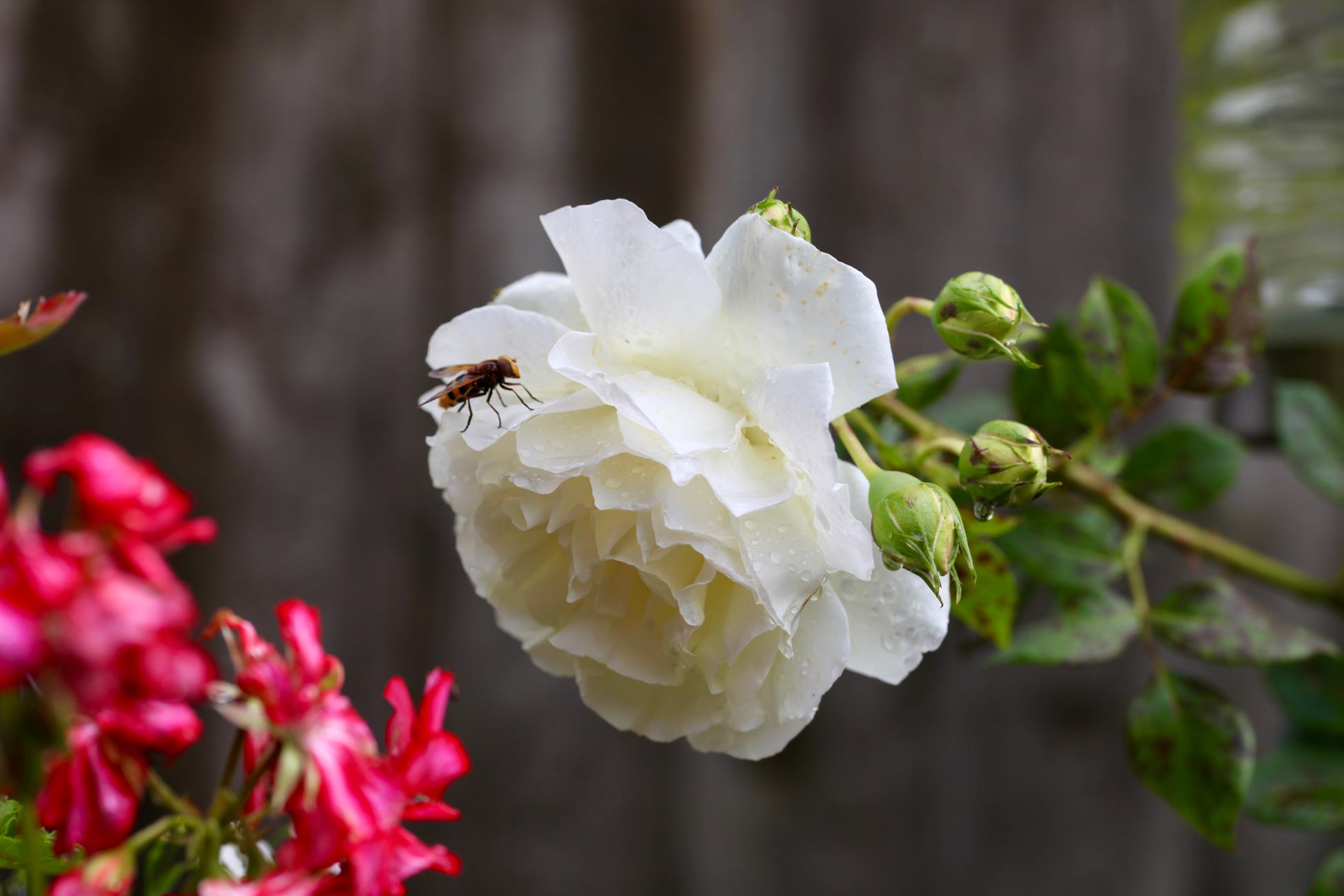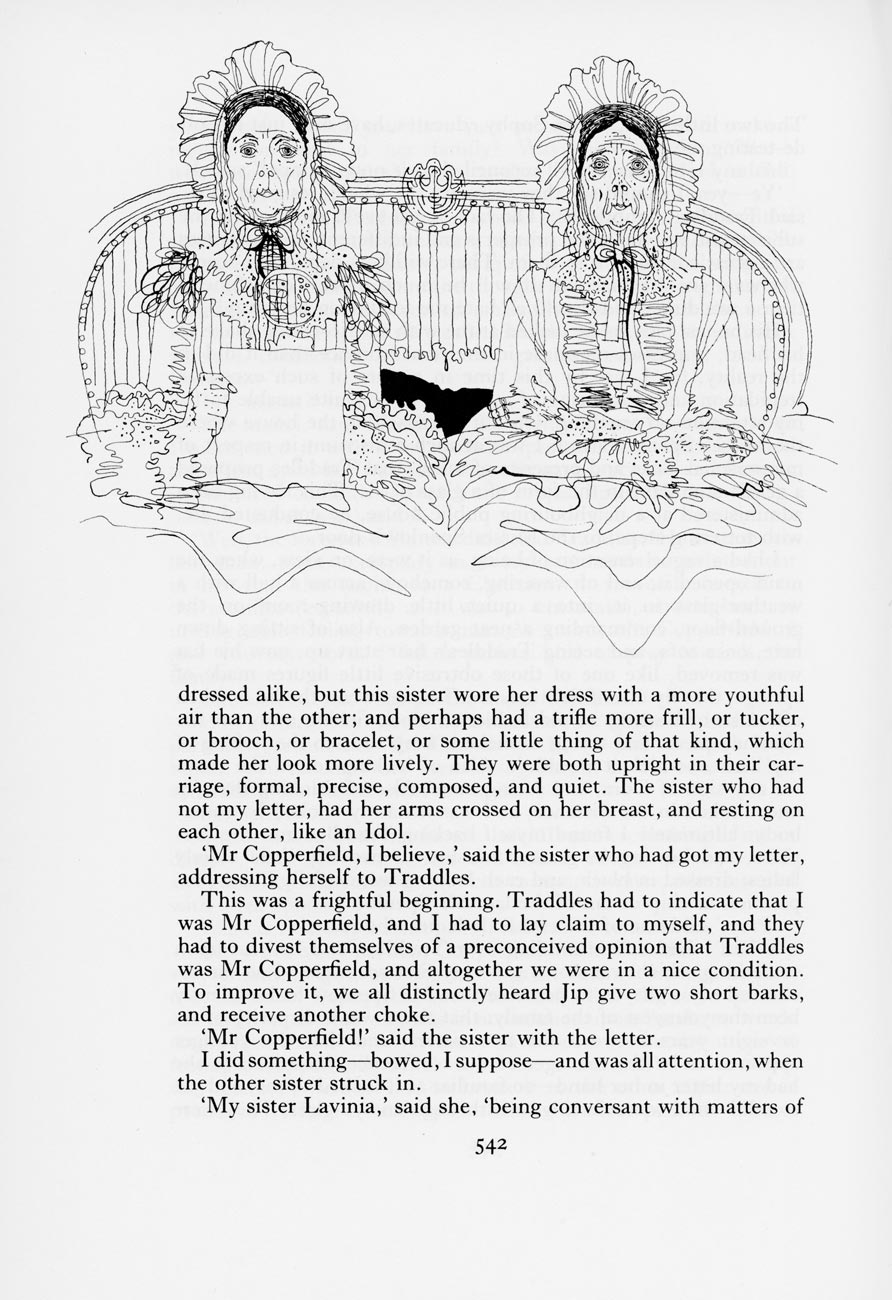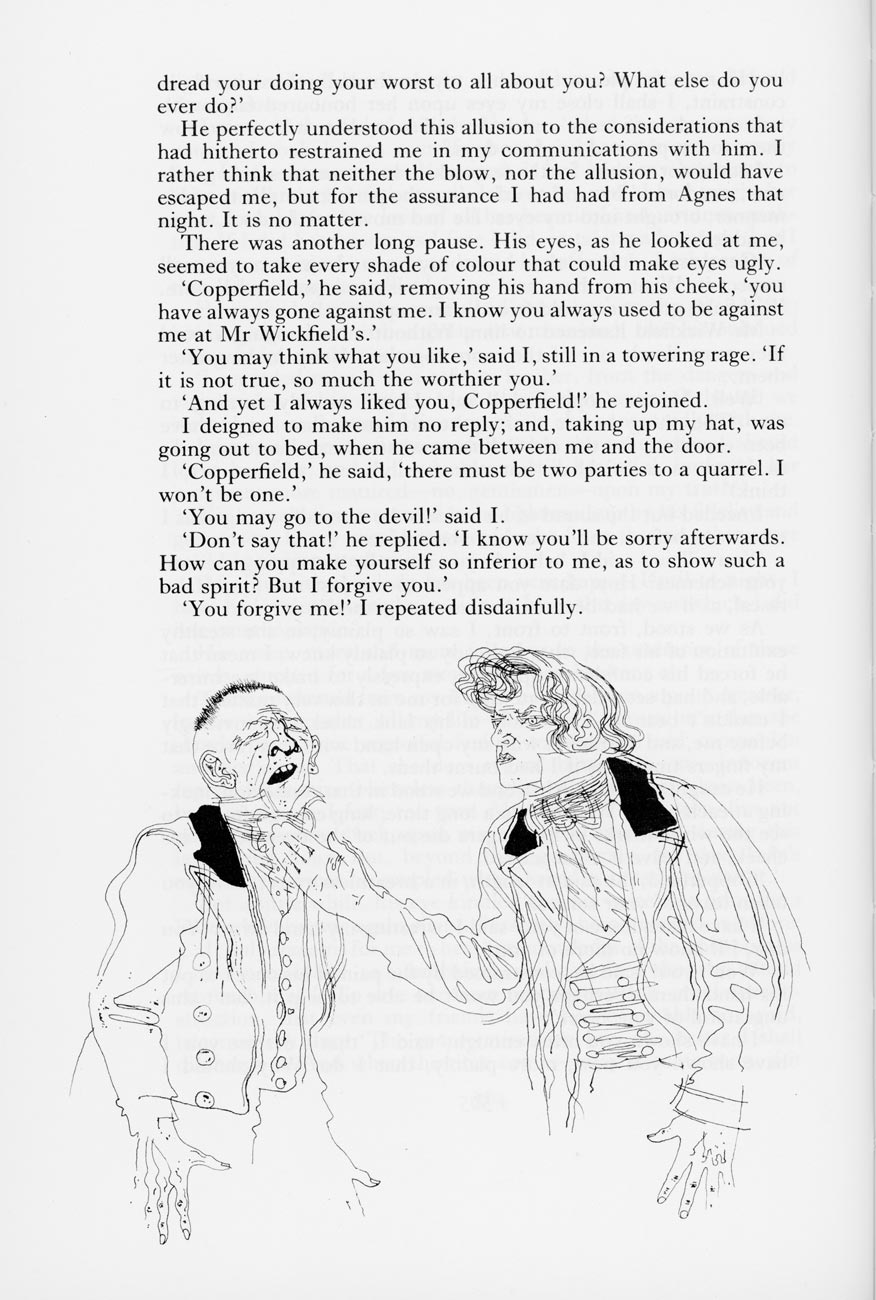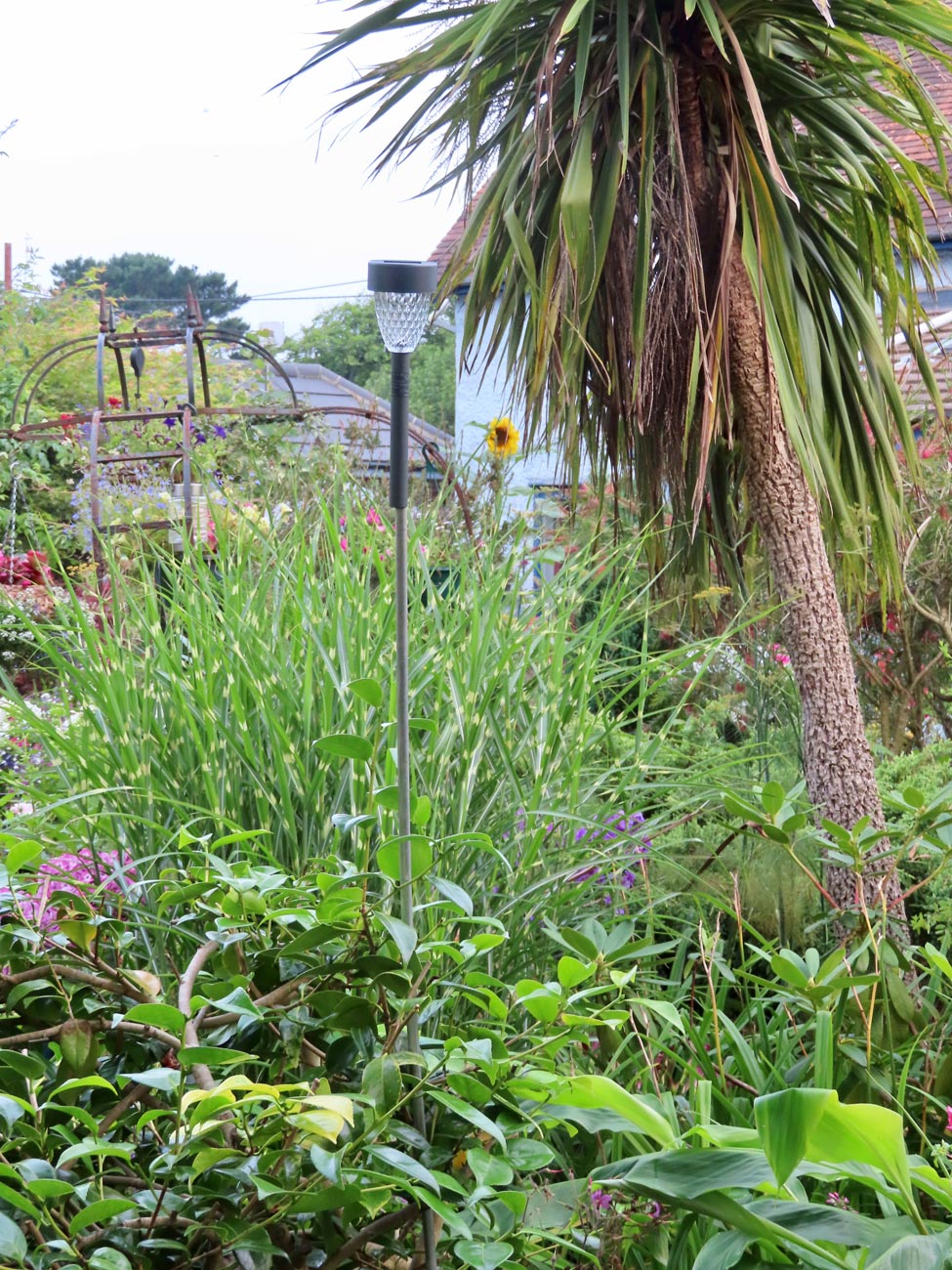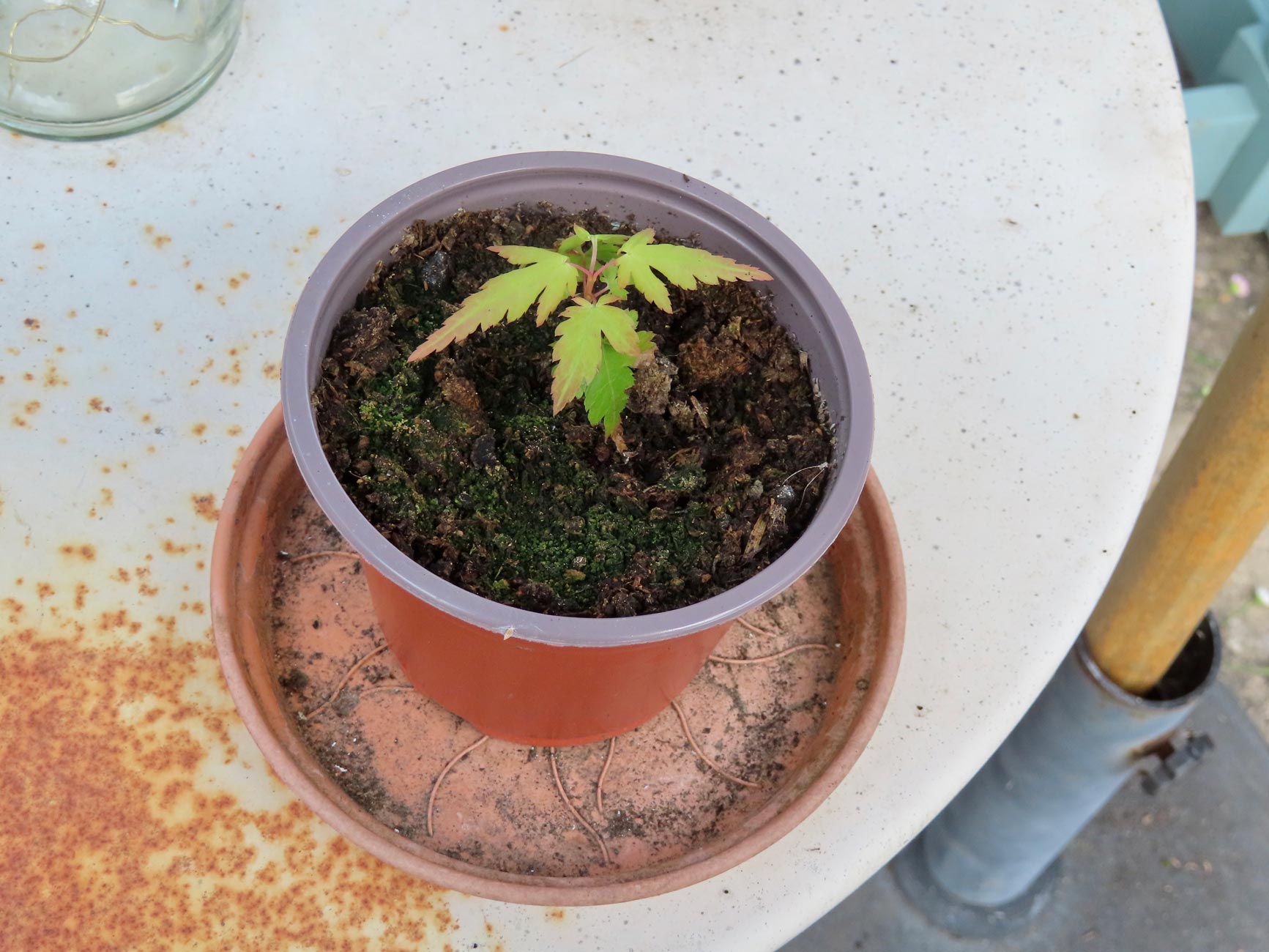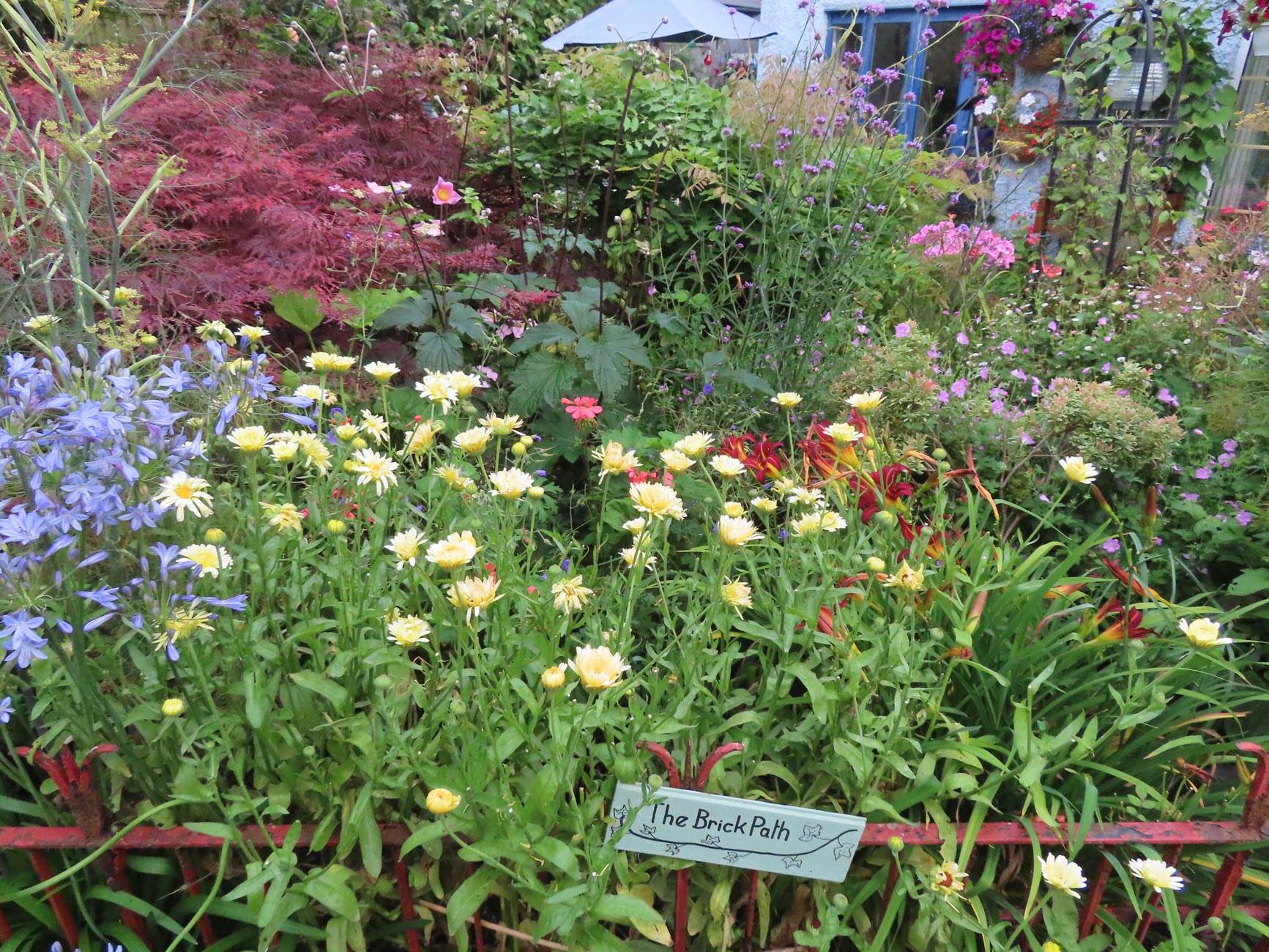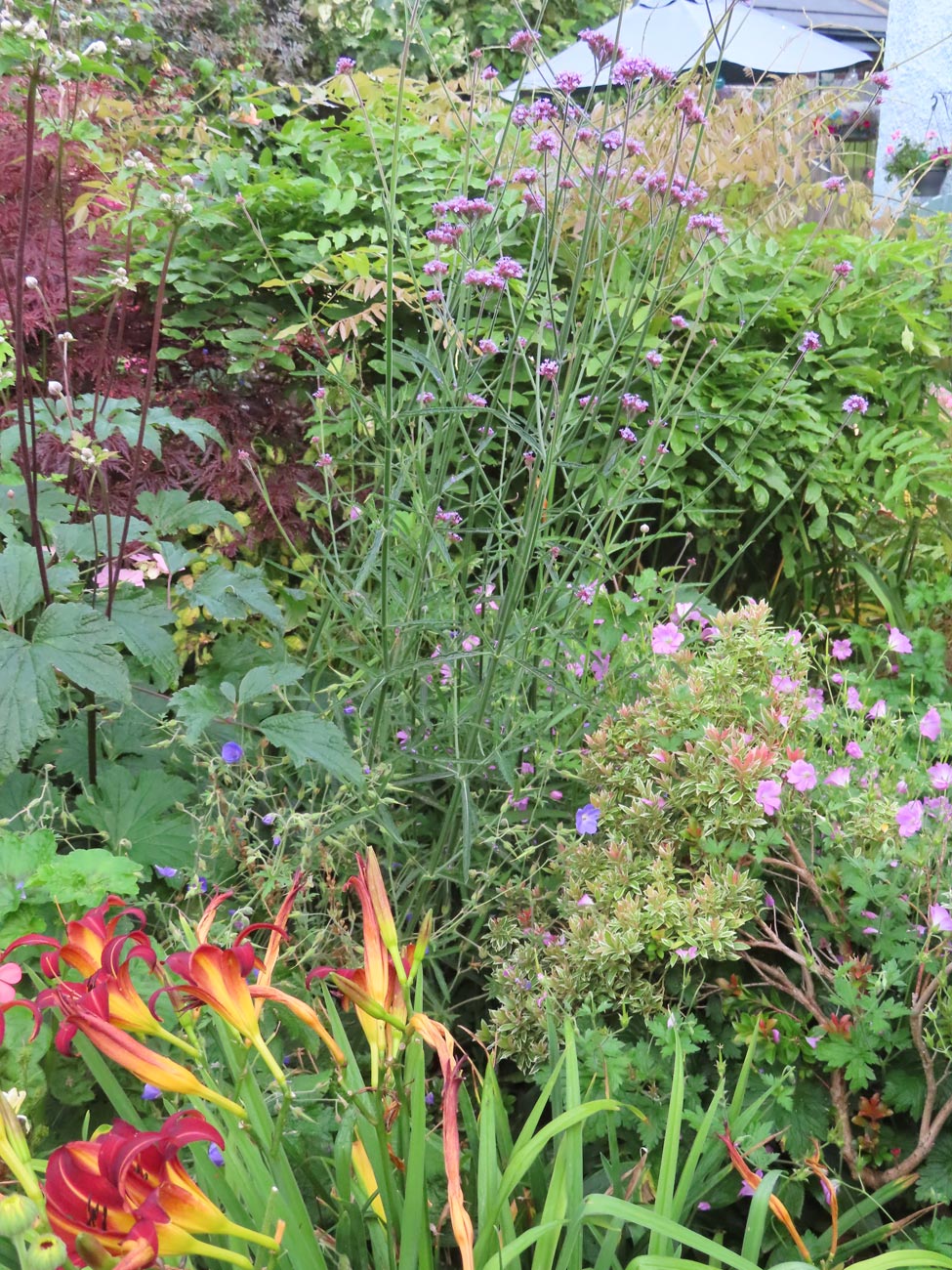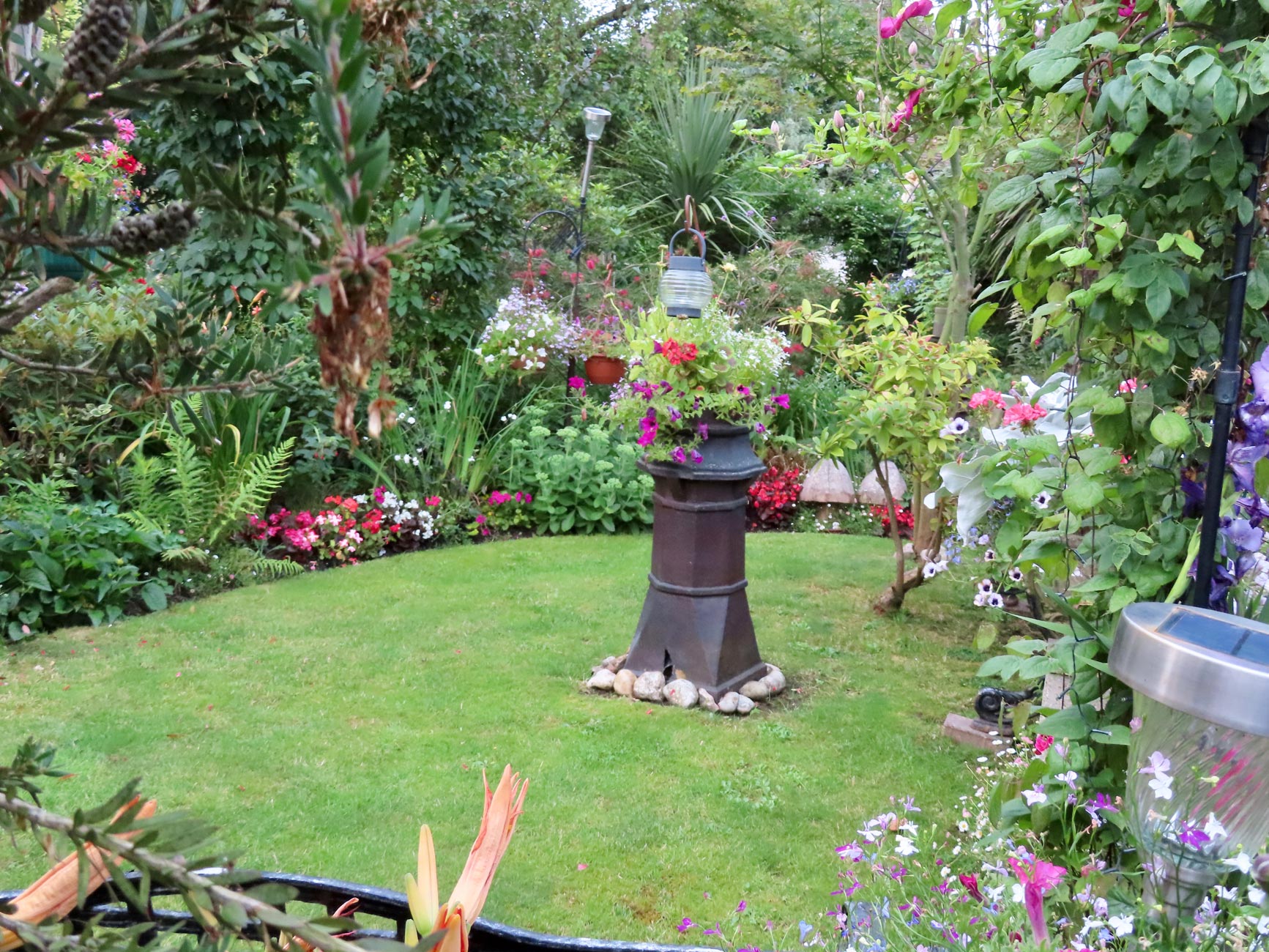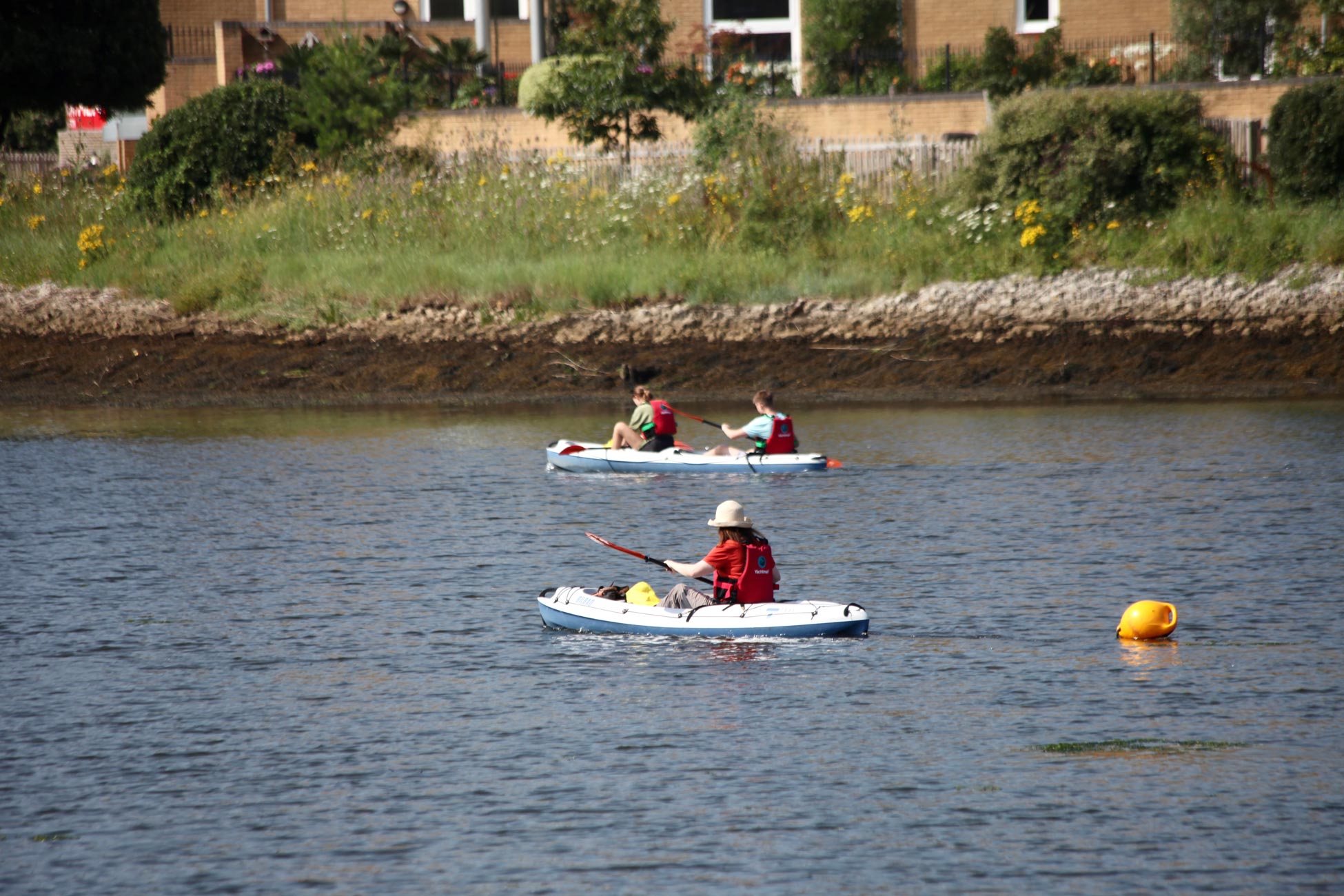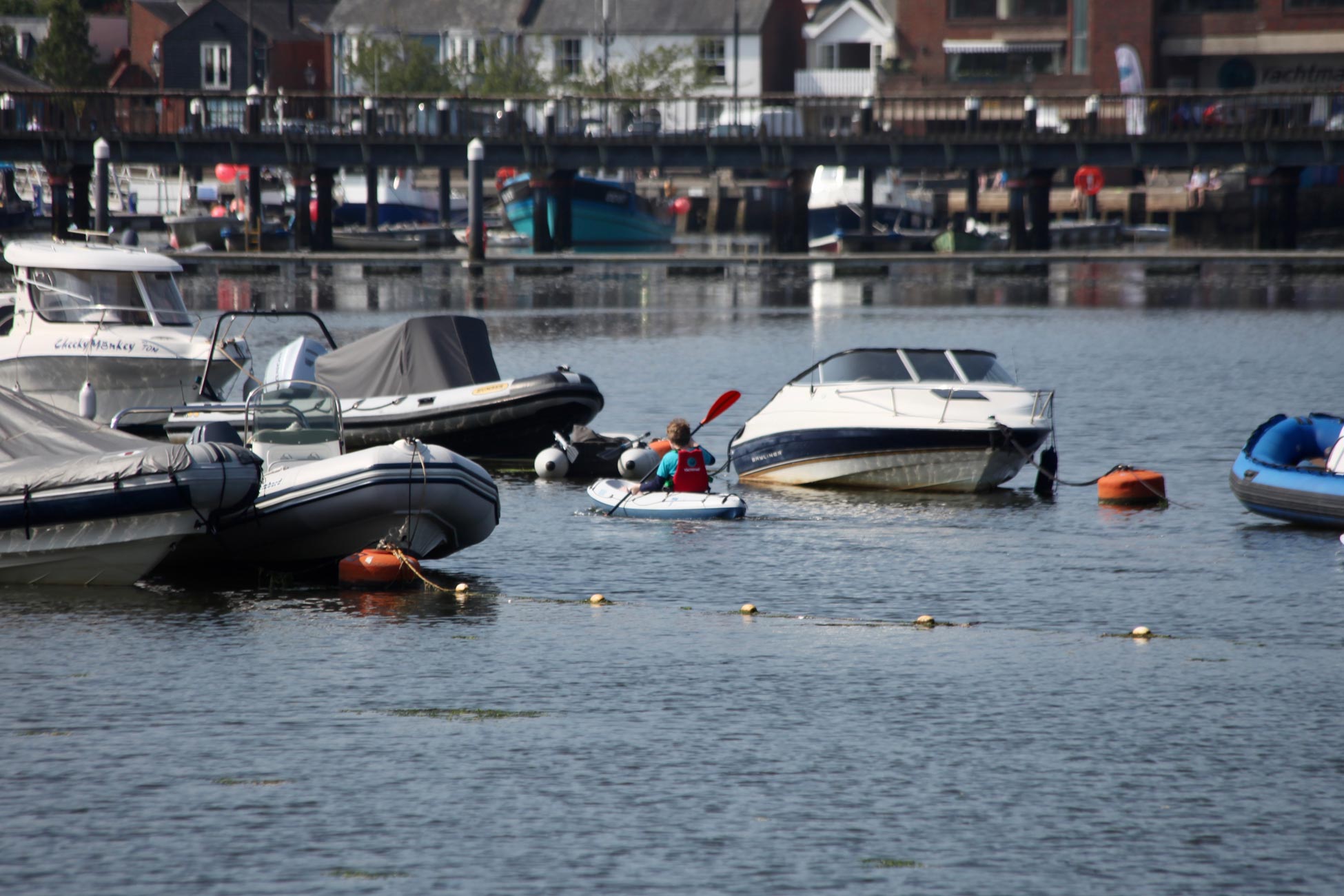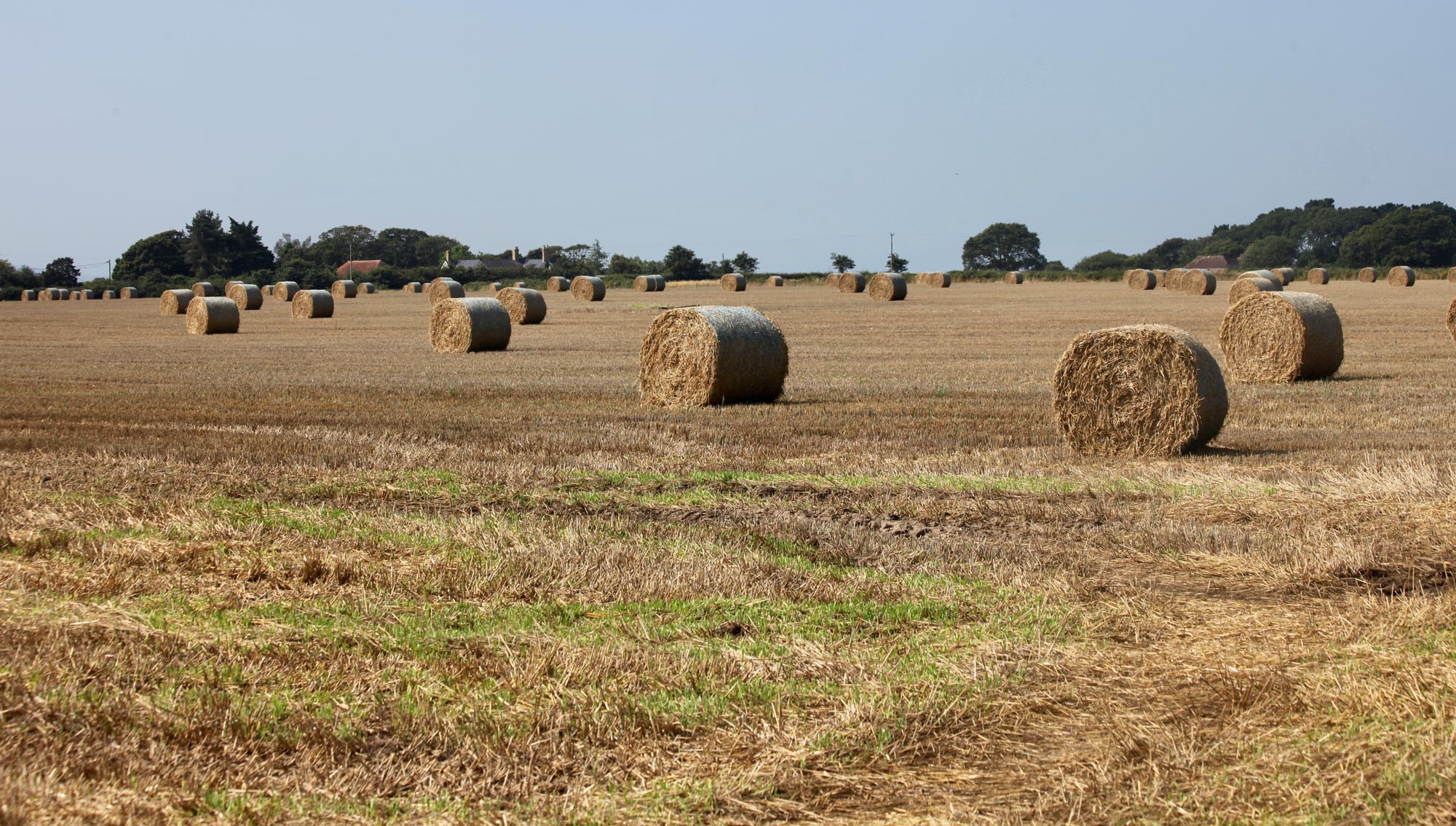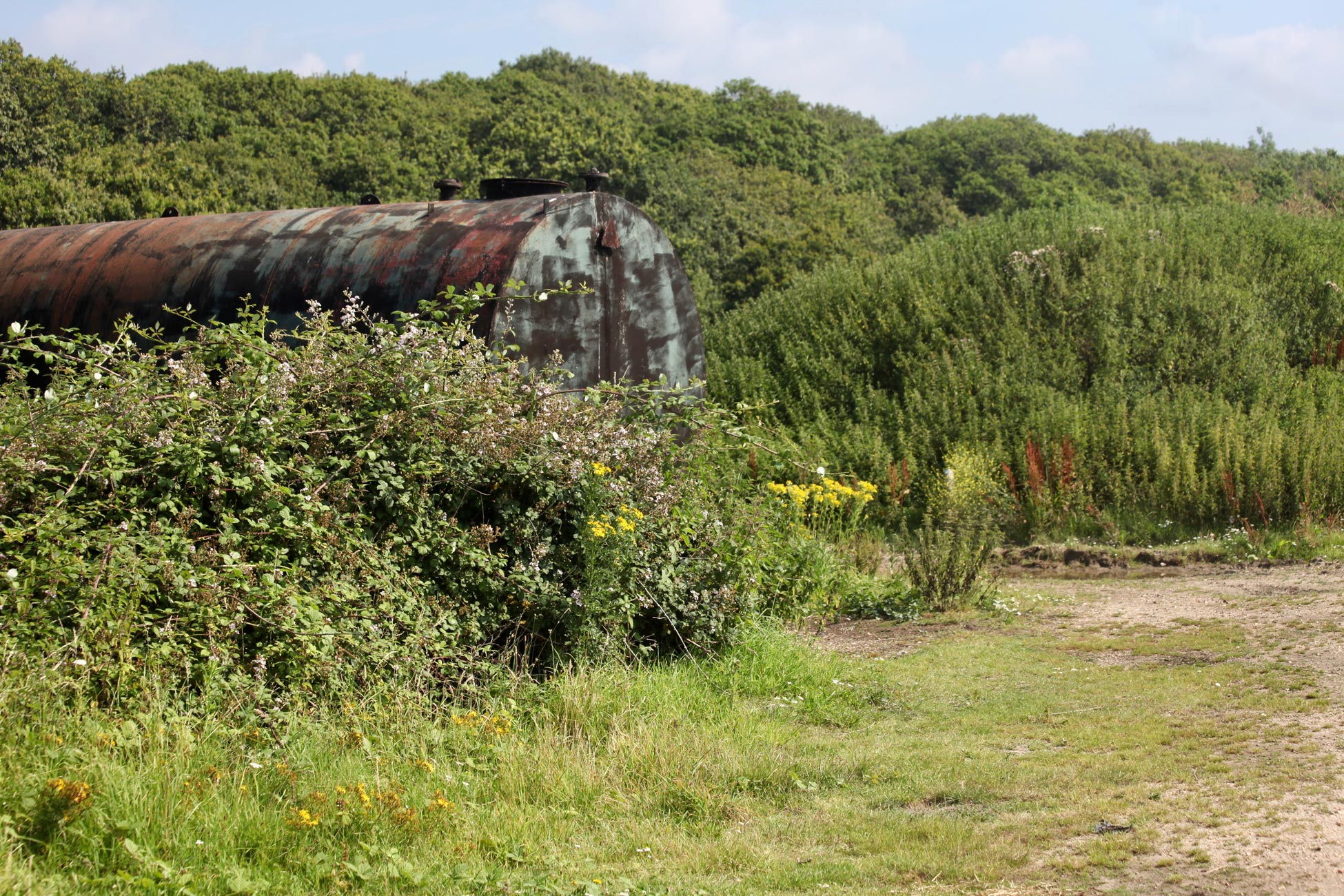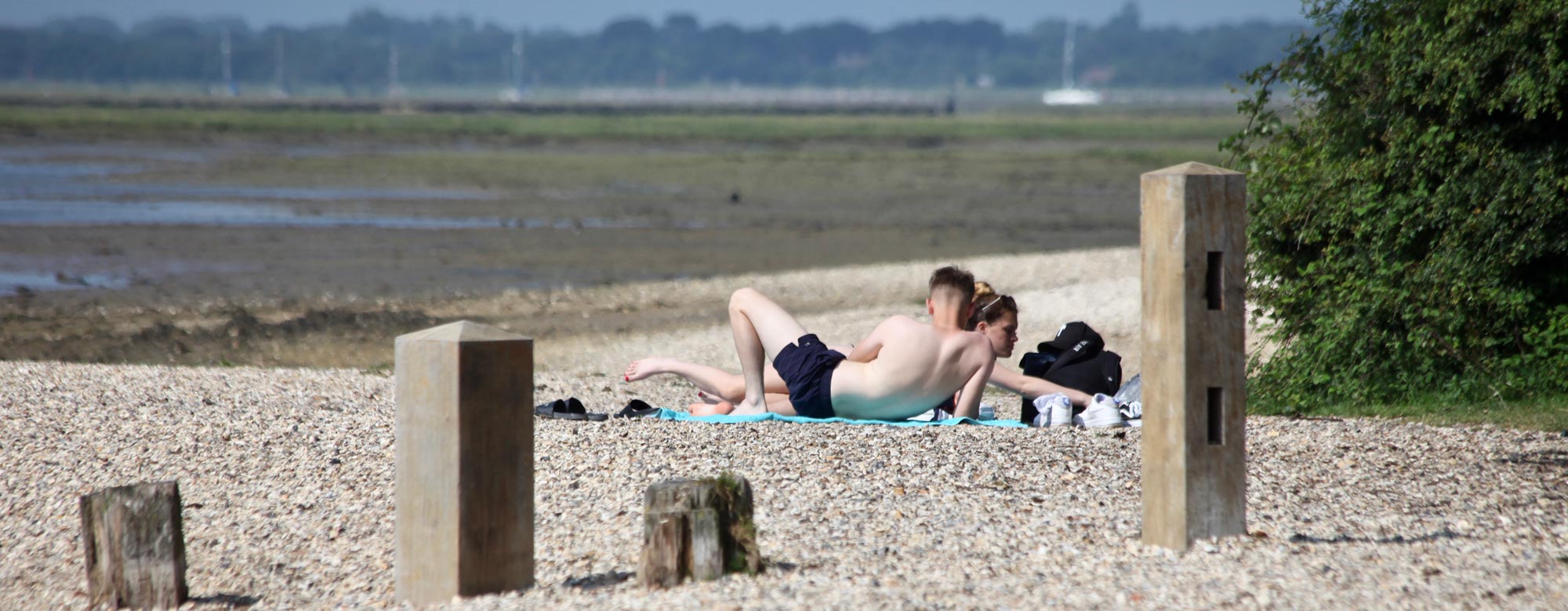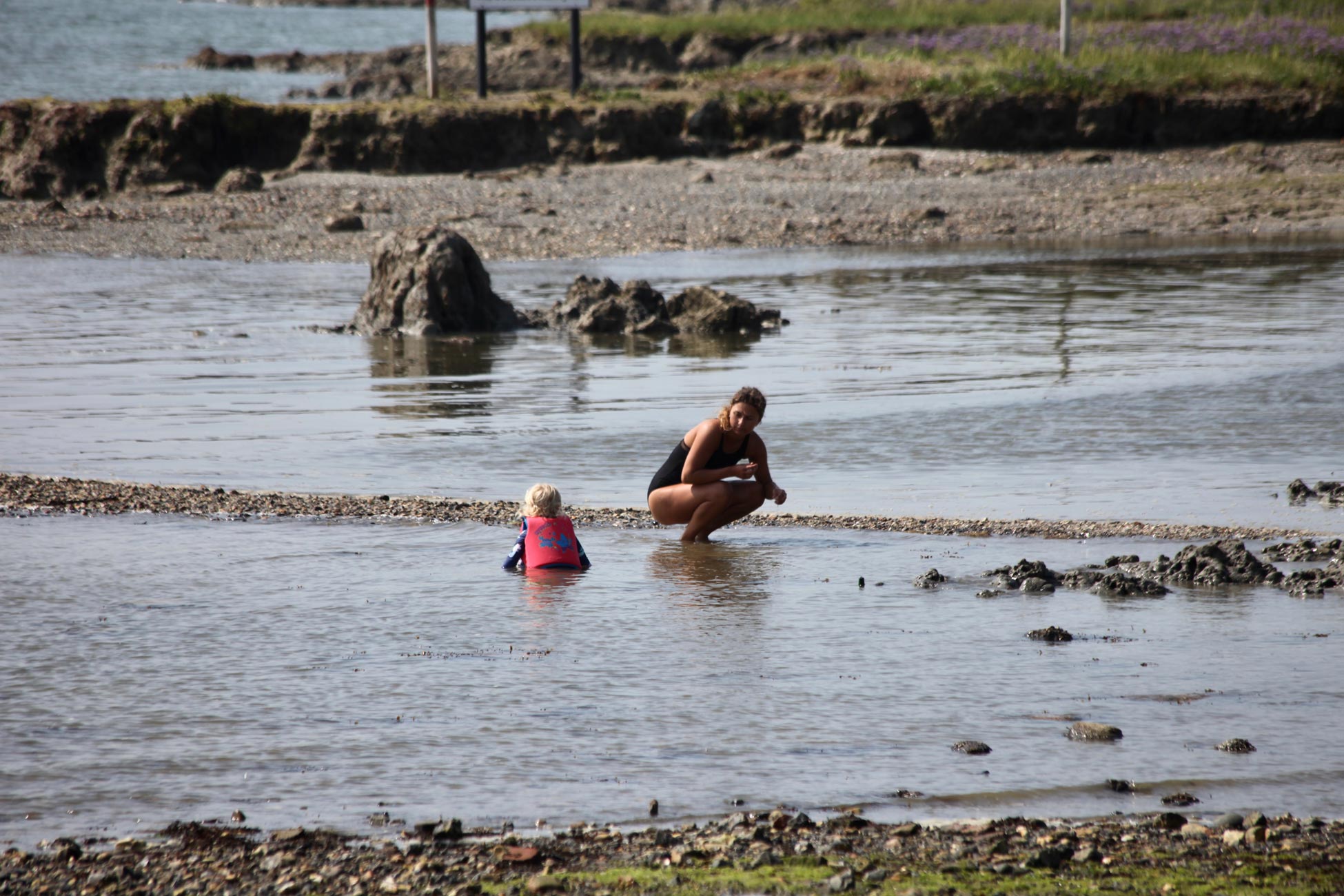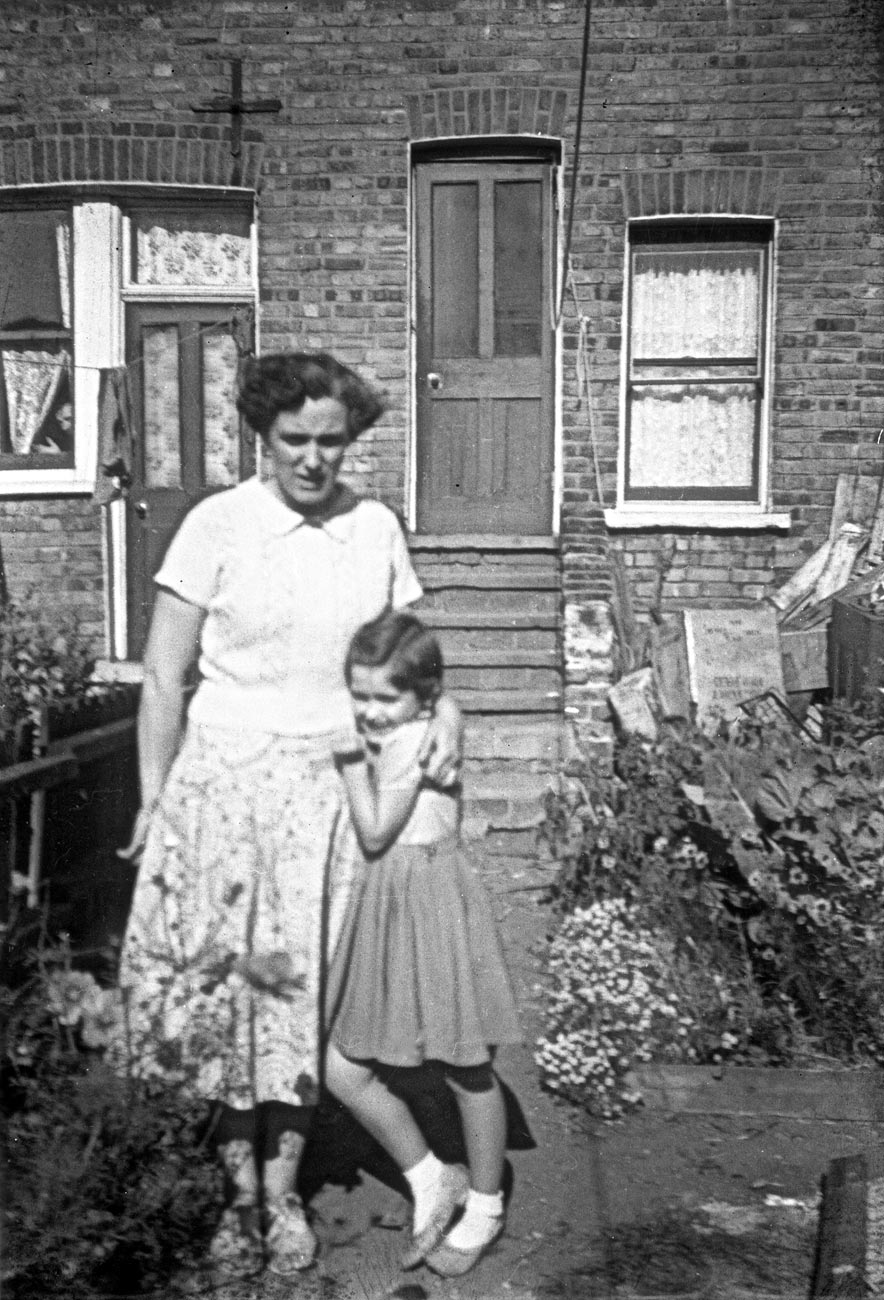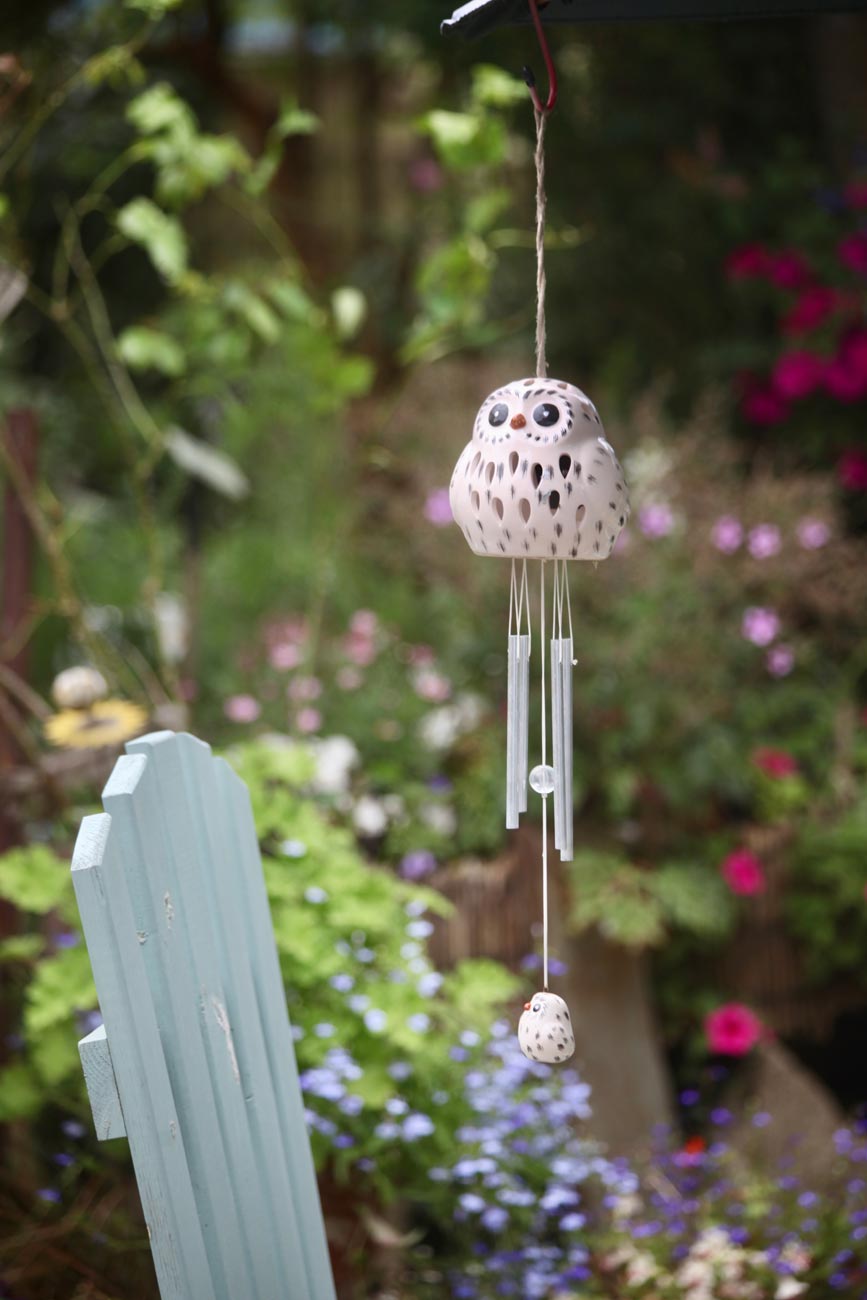

This is the second delicately wind-chiming owl that Jackie has found smashed to smithereens by gale force winds. She wasn’t about to buy another so she carefully super-glued the pieces together late yesterday. She has since managed to prise her fingers apart.


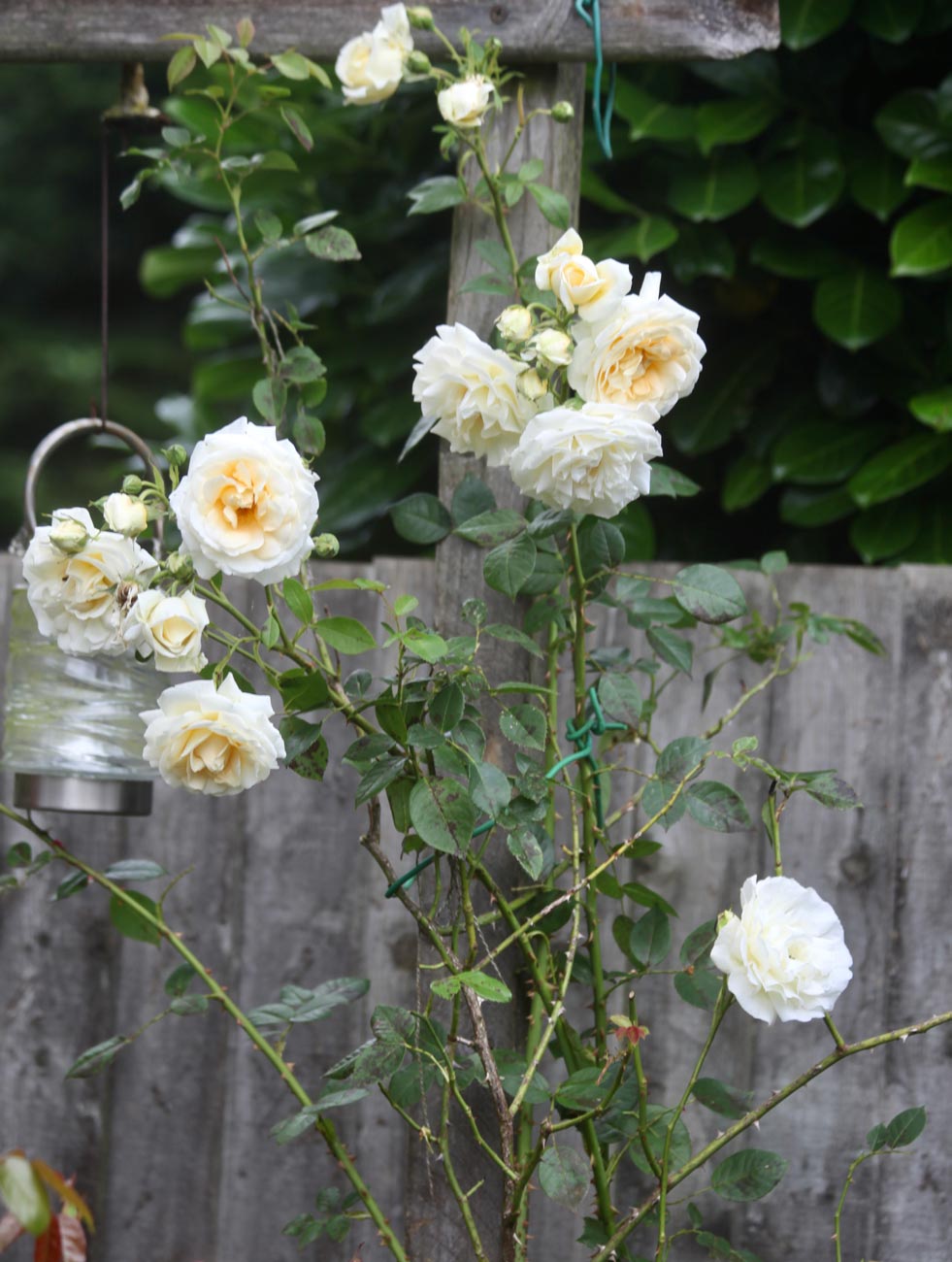







Much of the day has been spent tying up or removing fallen plants. The white climber, Créme de la Créme was bent, at right angles, to breaking point, but seems to have revived. The Summer statue seems amenable to being tied to a verbena bonariensis, and the Head Gardener applied a green thumb to stake up prone tomato plants. We have been wondering what to do with the two wrought iron gates salvaged from the dump a few years ago.


The broken borage stems resting on the back of a dragon were about to be snipped.

Many of the hanging baskets placed on the ground were tipped over and lost their trailing elements. Some, happily, survived – others are in the process of being refilled.

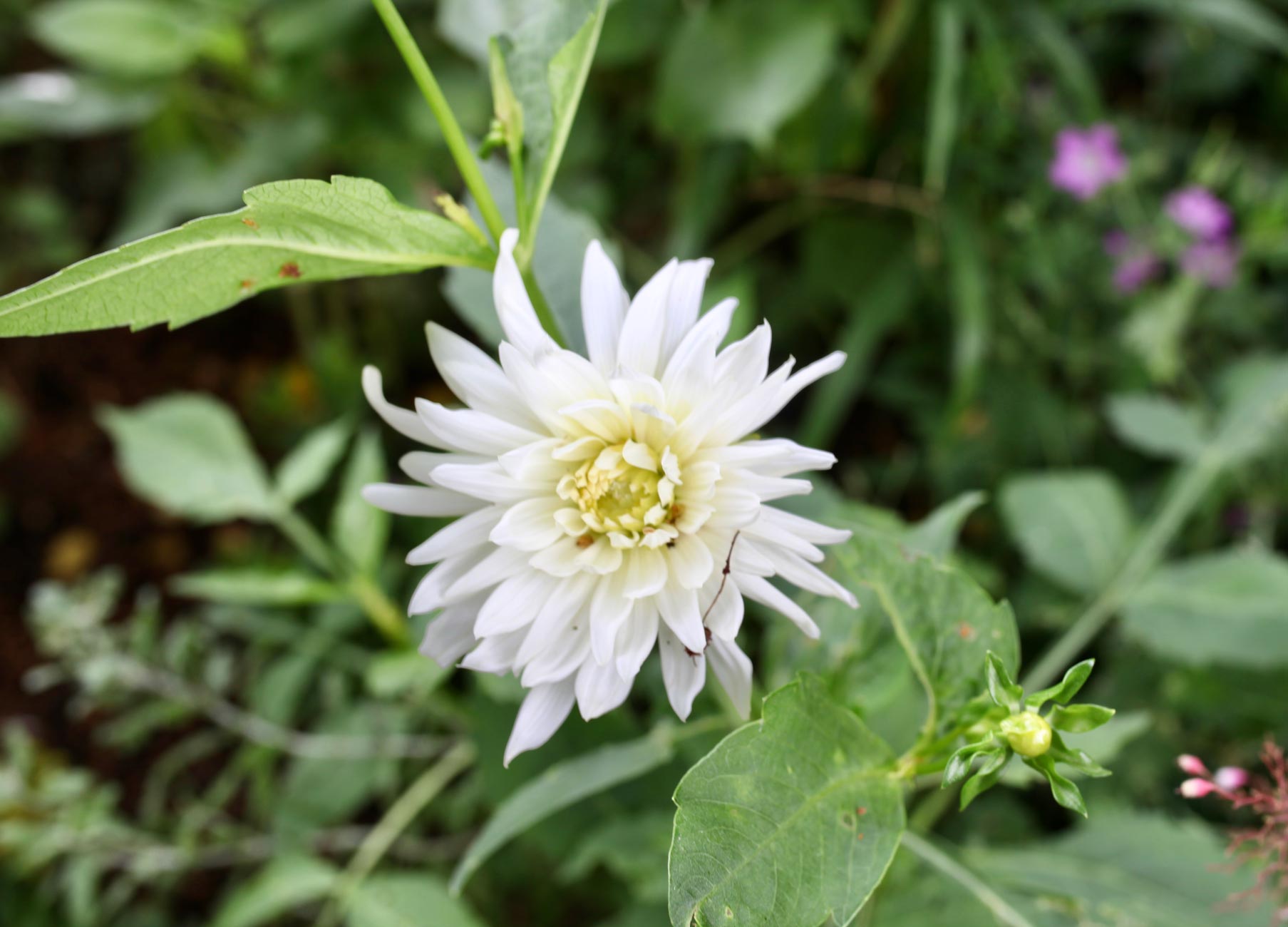

Dahlias and clematises are among the many survivors.

Here Jackie makes apparent her feelings about those that were not so fortunate, although she did raise a smile when she realised that this phlox stem has a root and she will be able to make a cutting from it.

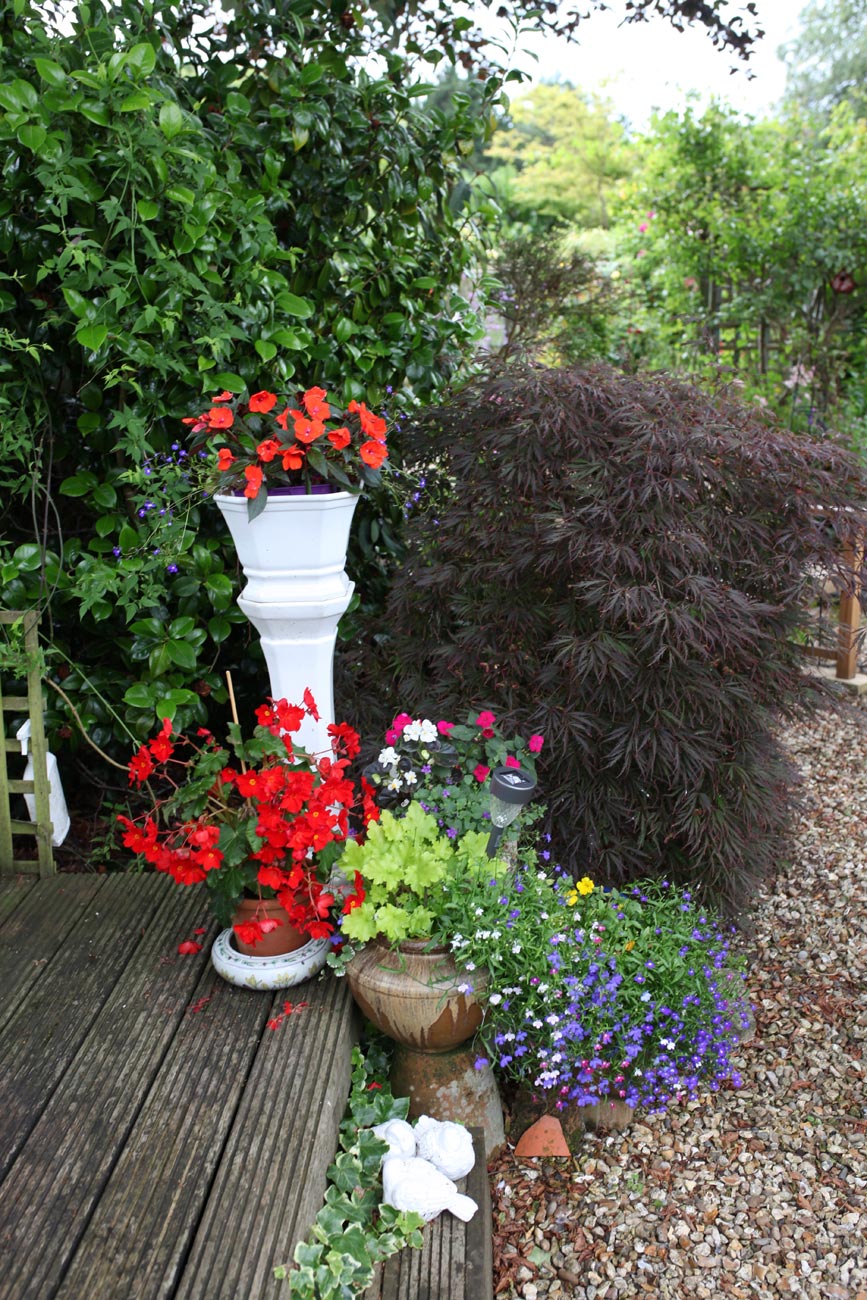


A few more images demonstrate that the efforts of Hurricane Evert were not as punishing as expected.
Light showers fell this afternoon, when I embarked upon research for the great aunts’ section of A Knight’s Tale. There is far too much material for a blog, so it will need to be well condensed.
This evening we dined on roast chicken; roast potatoes; crisp Yorkshire pudding; sage and onion stuffing; crunchy carrots and cauliflower; and a melange od fried onions, mushrooms, and peppers, with which Jackie drank Terre Siciliane Carricante 2019 and I drank Vendemmia Barolo 2016, a rather fine birthday present from Danni and Andy.

